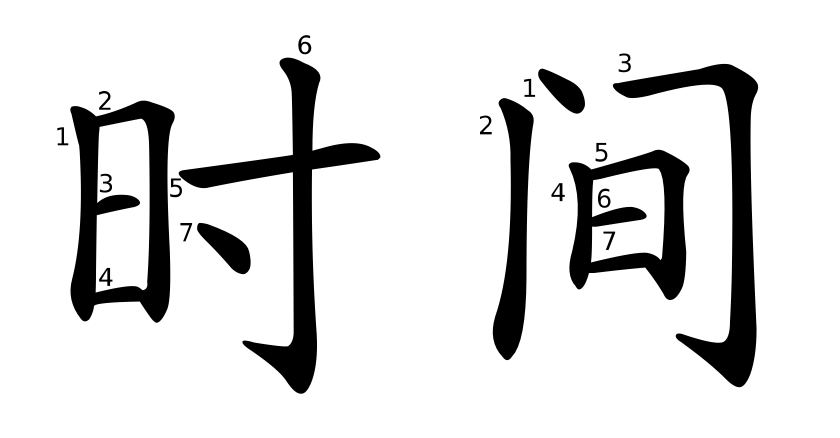Quick link:
語伴/语伴、找到、星期、以前、見面/见面、性格、合得來、機會/机会、多少、緊張/紧张、英語/英语、然後/然后、幫助/帮助、這種人/这种人、語言/语言、願意/愿意、互相幫助/互相帮助、漢語/汉语、興趣/兴趣、麻煩/麻烦、來信/来信、長得帥/长得帅、來晚了/来晚了、水平很高、該上課了/该上课了、總算/总算、其實/其实、要求、過來/过来、時間/时间
語伴 yǔbàn N. language exchange partner
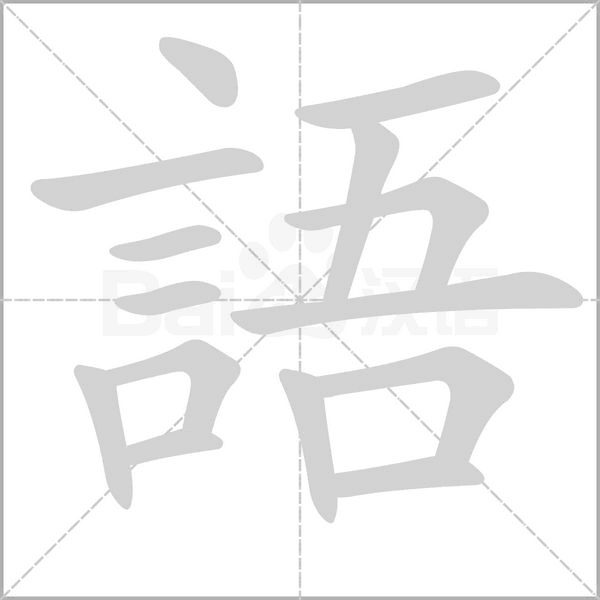
yǔ: language
radical: 言 (yán; language)
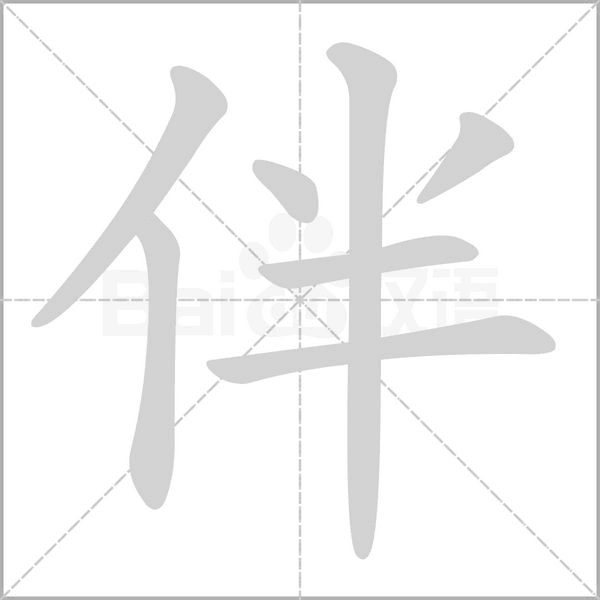
bàn: partner
radical: 亻(rén; person)
Simplified character:
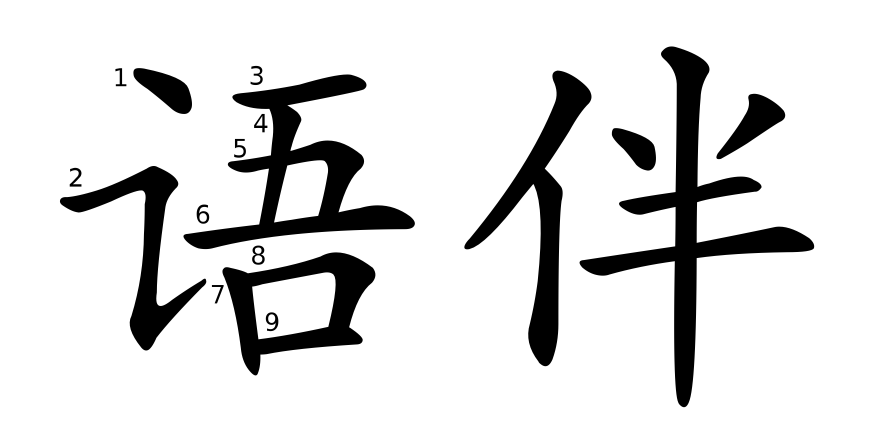
找到 zhǎodào VP. found it
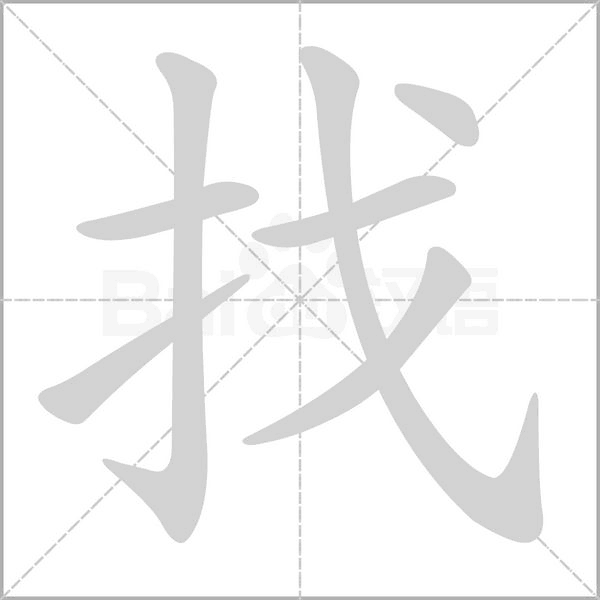
zhǎo: look for; find
radical: 扌(shǒu; hand)
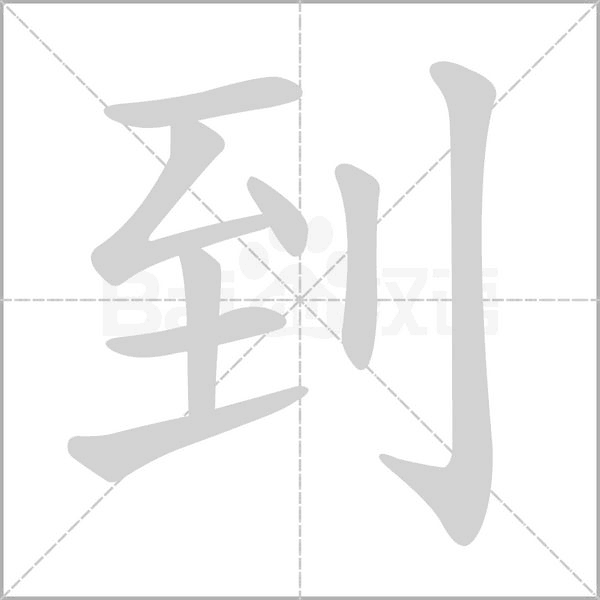
dào: arrive; reach; leave for; up until
radical: 至、刂

Chinese Studies Classroom: In ancient script, the character “到” features a shape on the left resembling an arrow striking the ground, while the right side depicts a person. Together, they signify someone arriving swiftly, with a speed comparable to that of an arrow. Therefore, the original meaning of “到” is “to arrive.”
Both traditional and simplified characters are written as:
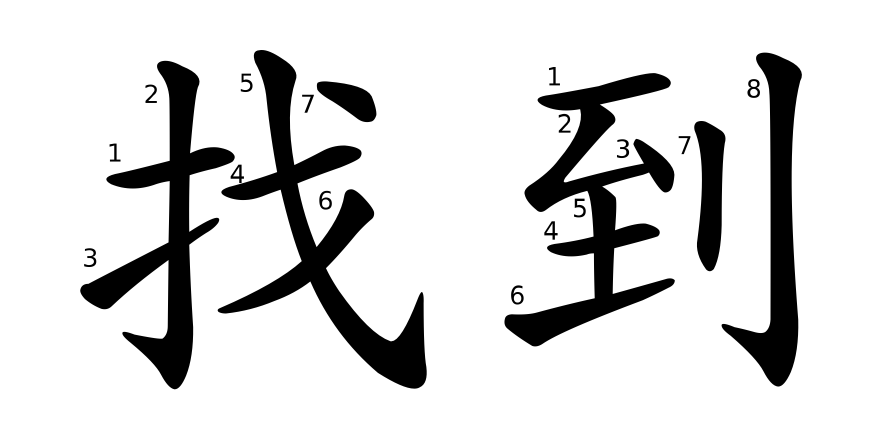
星期 xīngqī N. week
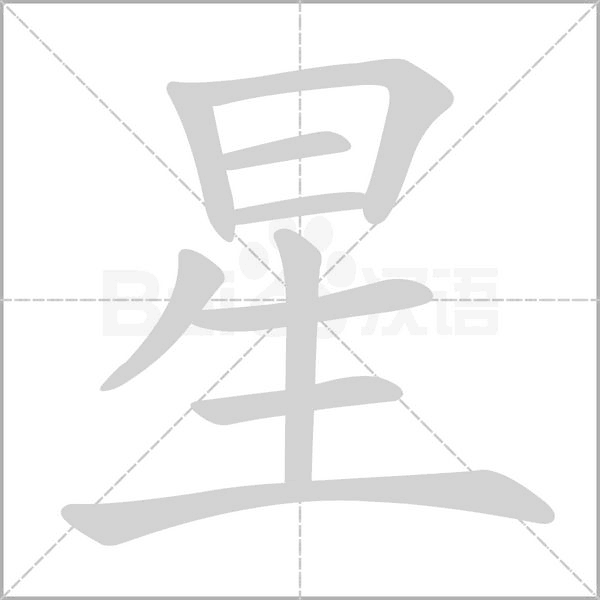
xīng: star
radical: 日
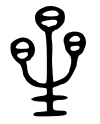
Chinese Studies Classroom: In ancient script, the character “星 (xīng)” is a phono-semantic compound. The lower part, “生 (shēng),” serves as the phonetic component, indicating that “生” and “星” had similar pronunciations in ancient times. The upper part represents the shining objects in the night sky, symbolizing stars.
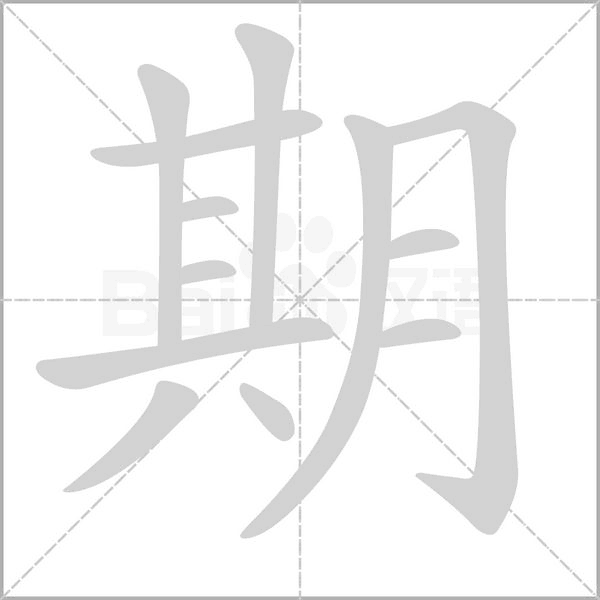
qī: a period of time
radical: 月 (yuè; moon)
Both traditional and simplified characters are written as:
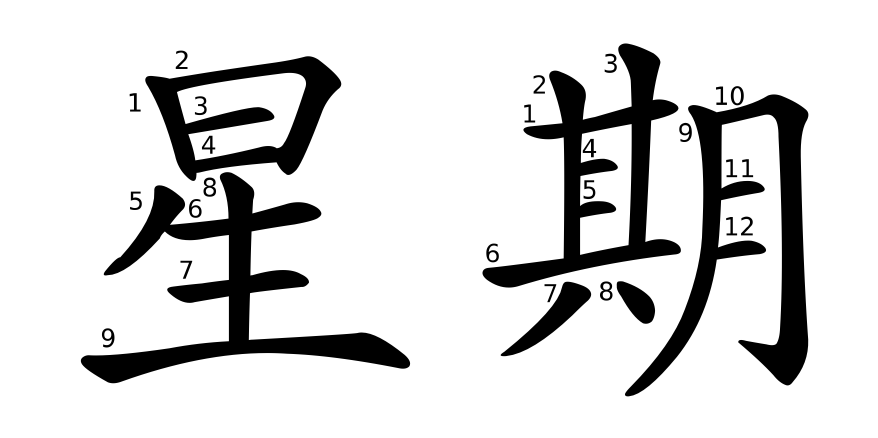
以前 yǐqián Adv. before; formerly; prior to

yǐ: at (a certain time); on (a fixed date); with; by; according to
radical: 人 (rén, person)
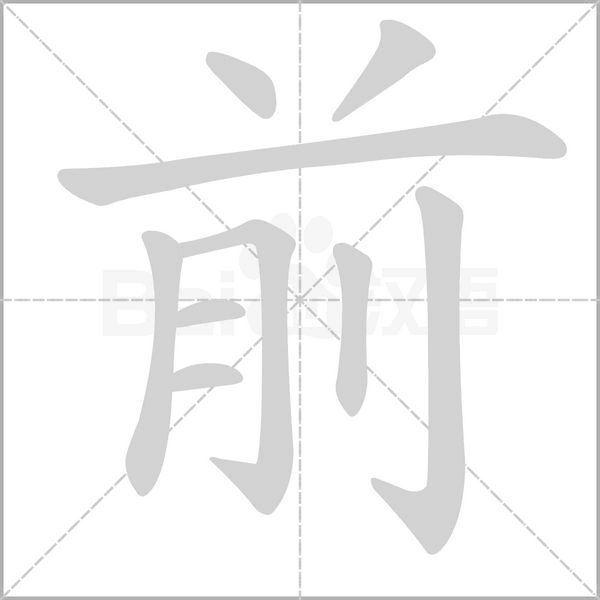
qián: front; ago; before; go forward
radical: 丷、刂
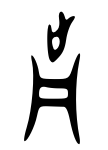
Chinese Studies Classroom: In oracle bone script, the character “前” depicts a foot at the top and a small boat at the bottom, symbolizing a person standing at the bow of a boat moving forward. Thus, the original meaning of “前” is “to advance.” Over time, it extended to mean “in front,” “previously,” “former,” and related concepts.
Both traditional and simplified characters are written as:

見面 jiànmiàn V. to meet
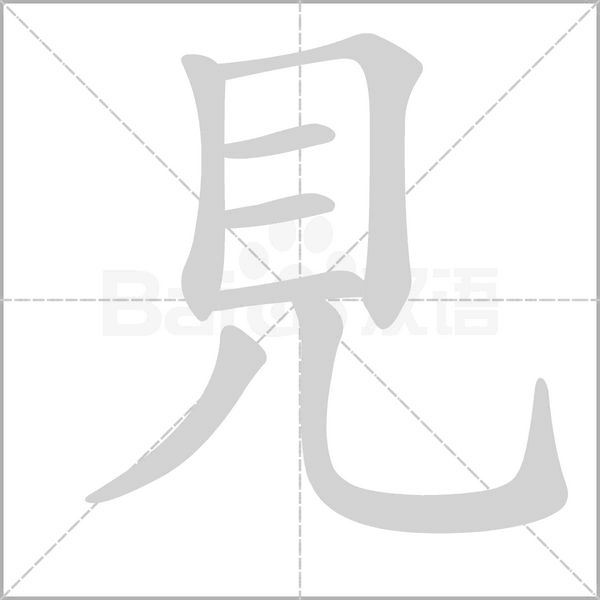
jiàn: to meet
radical: 見
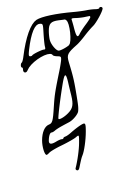
Chinese Studies Classroom: In oracle bone script, the lower part of the character “見” resembles a person kneeling, while the upper part depicts an unusually large eye, representing the meaning of “seeing.”
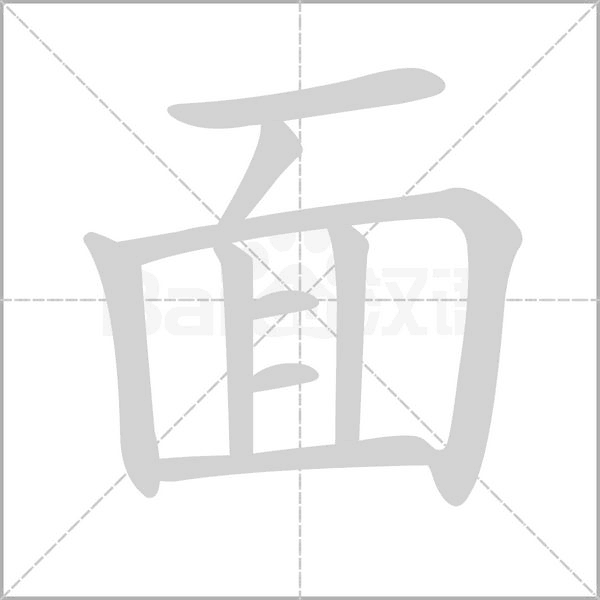
miàn: face; surface; side; aspect; noodle
radical: 一
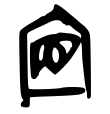
Chinese Studies Classroom: In Oracle Bone Script, the character “面” (miàn) is depicted as the character “目” (eye) enclosed within a frame, representing the area of the face. Therefore, the original meaning of “面” is “face.” Over time, it extended to meanings such as “in person” and “surface.”
Simplified character:
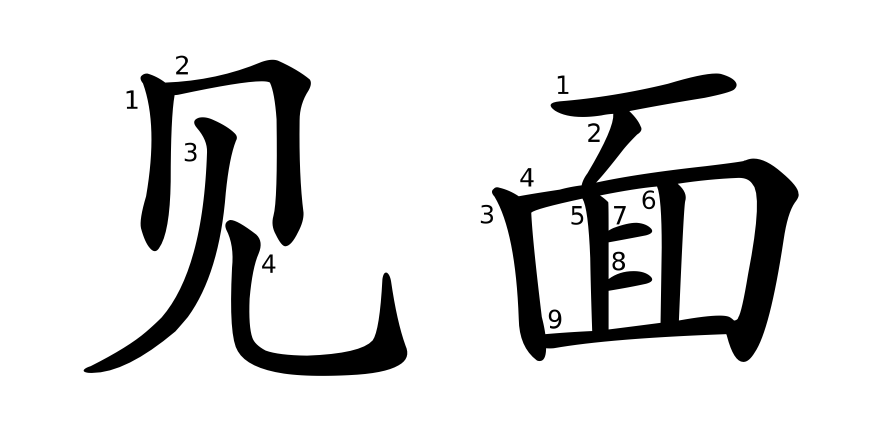
性格 xìng.gé N. personality
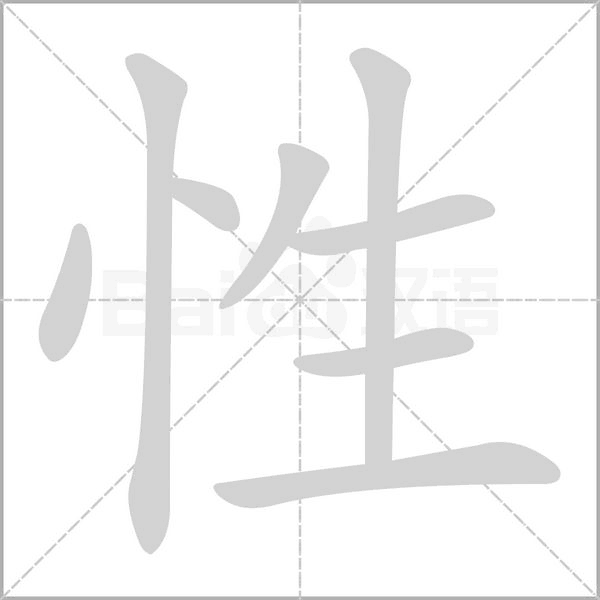
xìng: nature; character; sex; gender
radical: 忄(xīn; heart)
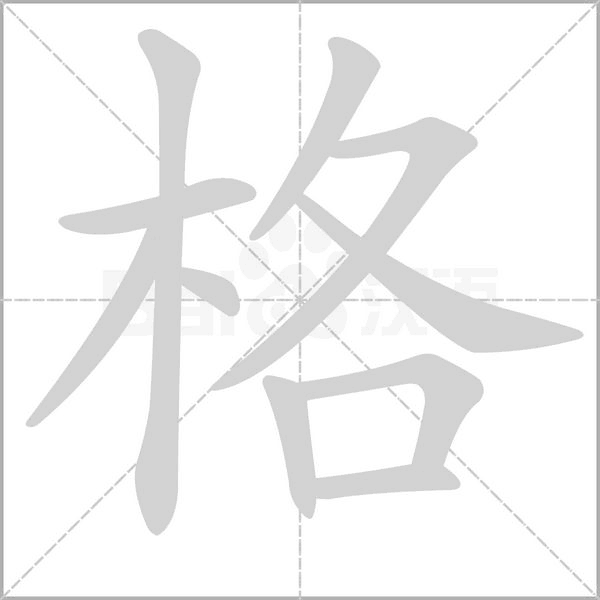
gé: shape; form; style
radical: 木 (mù; wood)
Both traditional and simplified characters are written as:
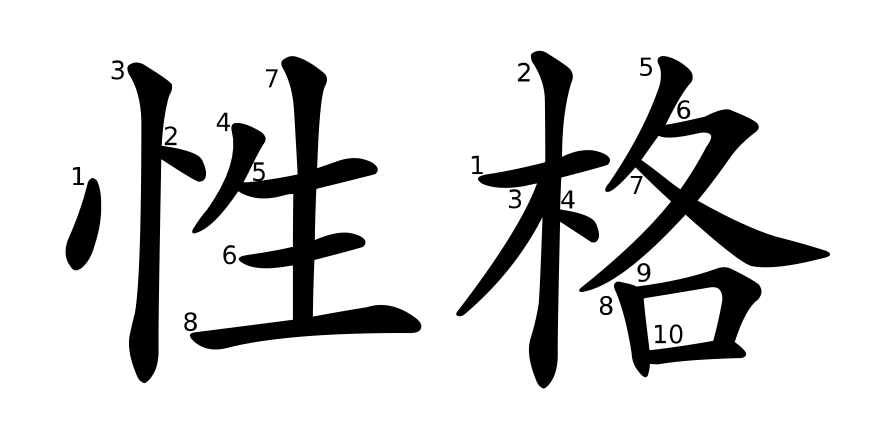
合得來 hédelái V. to get along with
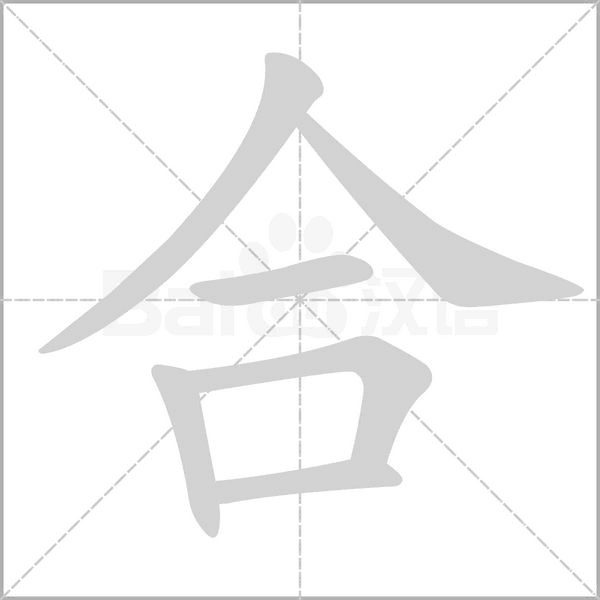
hé: suit; be equal to; proper
radical: 人 (rén; person)
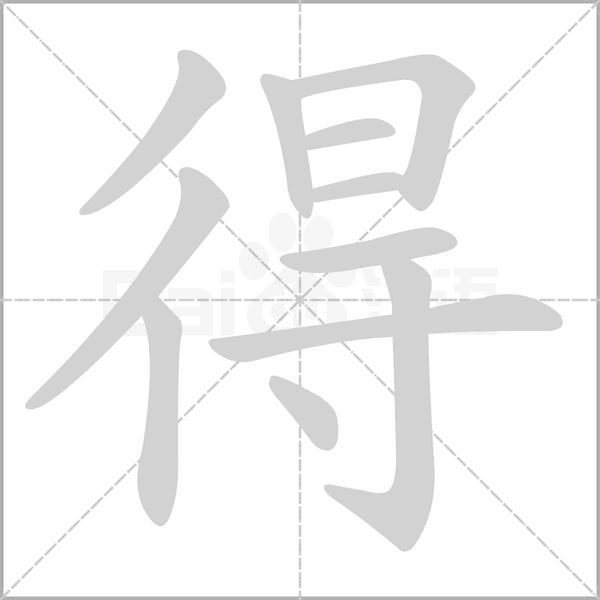
de: (used between a verb and a complement to indicate possibility)
radical: 彳 (chì; the appearance of walking slowly)
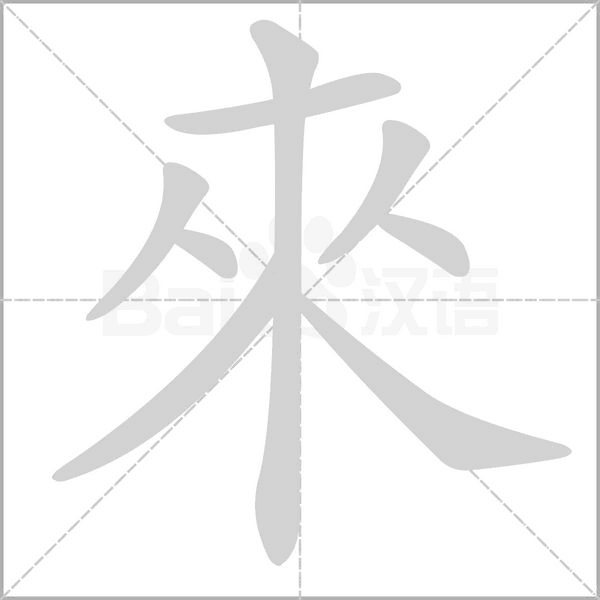
lái: come
radical: 木 (mù; wood)
Simplified character:
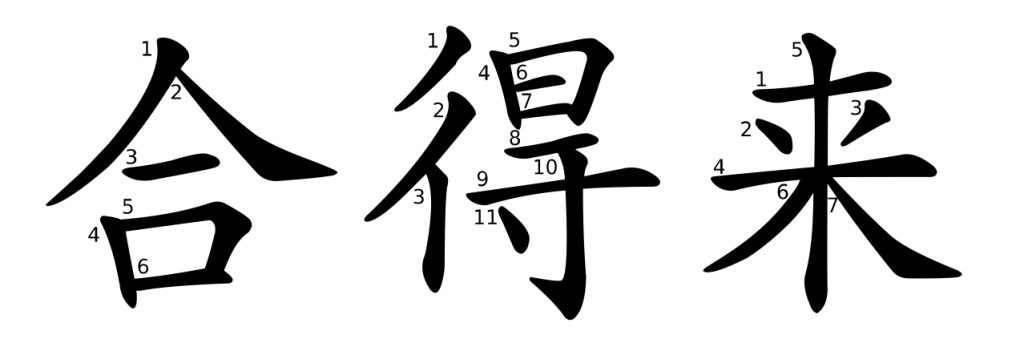
機會 jī.huì N. opportunity
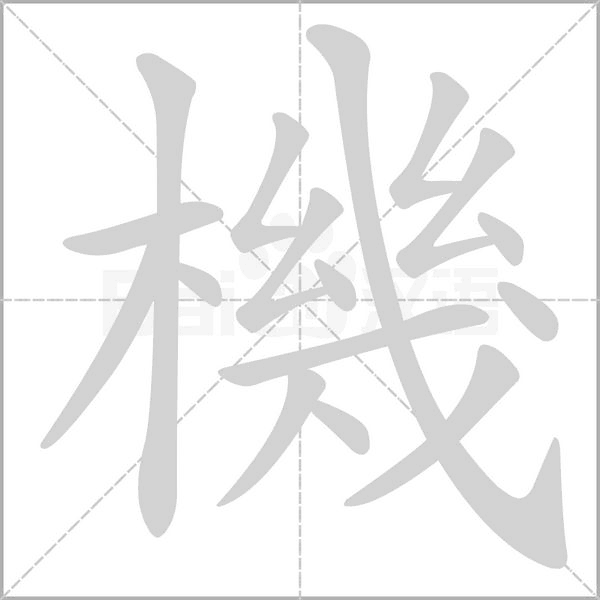
jī: chance; opportunity
radical: 木 (mù; wood)
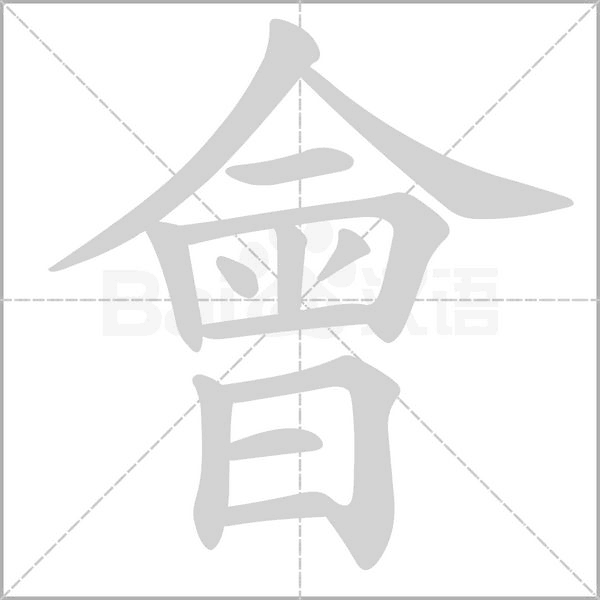
huì: get together; assemble; meet; see; understand; can; be good at; be likely to
radical: 人 (rén, person)
Traditional character:
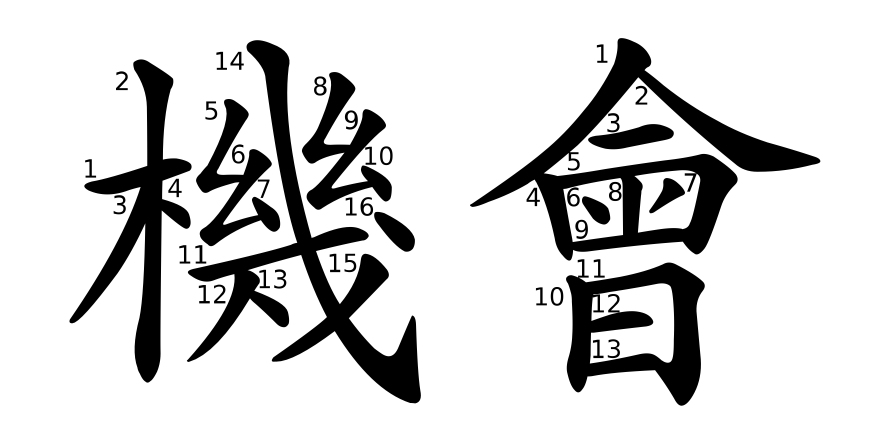
Simplified character:
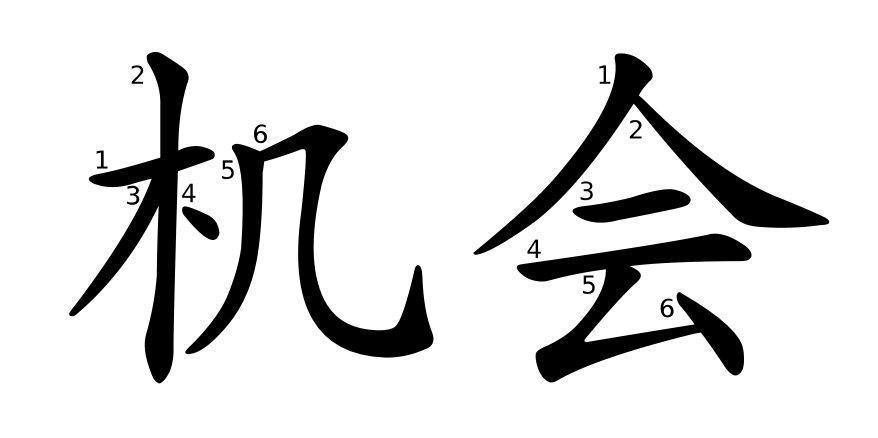
多少 duōshǎo VP. How many; how much
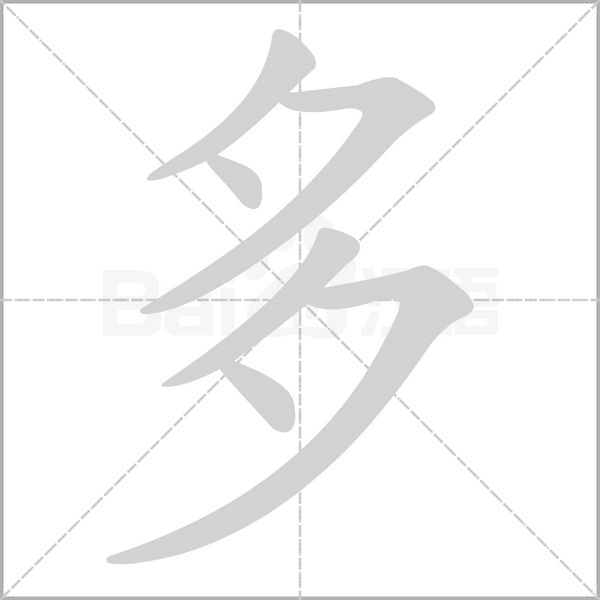
duō: many; much; a lot
radical: 夕 (xī; evening)
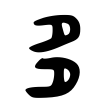
Chinese Studies Classroom: “多” is formed with “夕” (evening), indicating something that accumulates or grows in quantity.
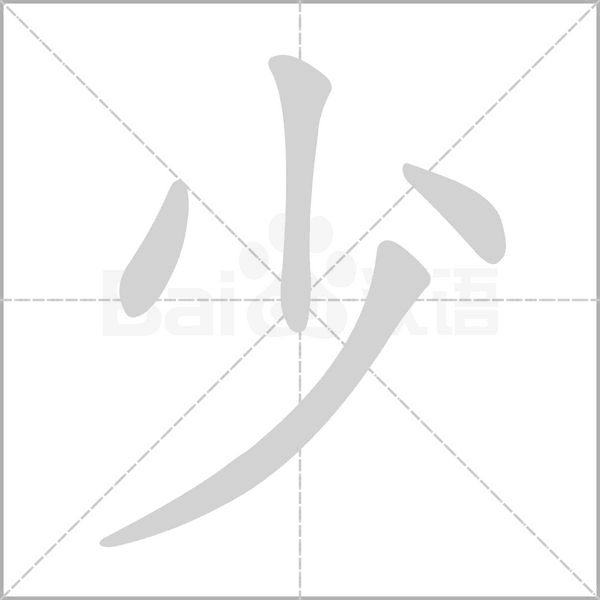
shǎo: few; little; less; lack; seldom
radical: 小 (xiǎo; small)
Both traditional and simplified characters are written as:
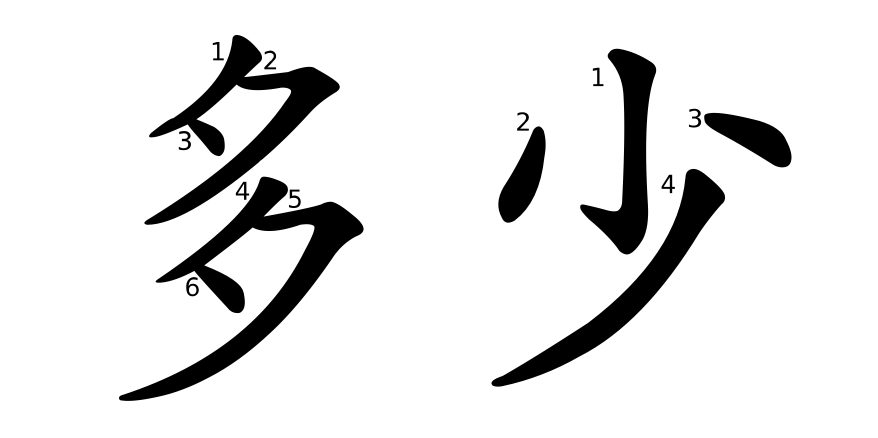
緊張 jǐnzhāng Adj. nervous
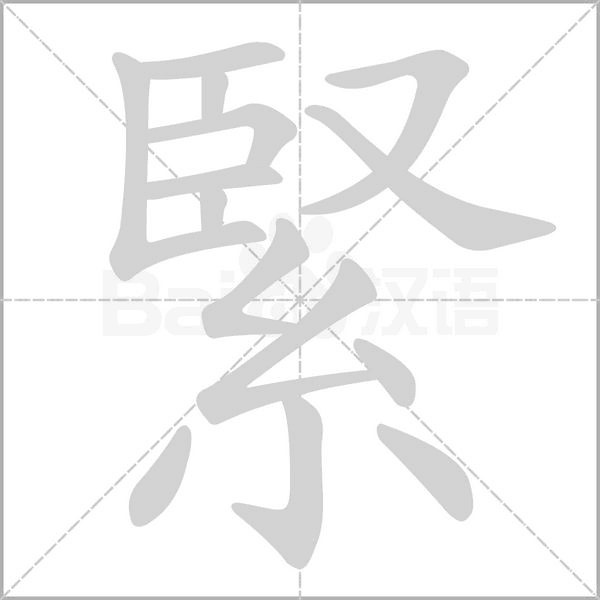
jǐn: tight; firm; close; urgent; short of money
radical: 糸 (sī; a bundle of silk)
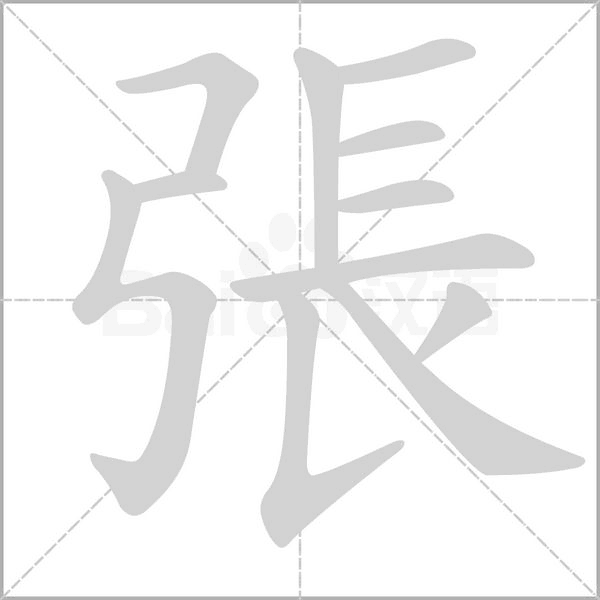
zhāng: fix (a bowstring); string (a musical instrument); open; spread; stretch; extend; nervous; a surname
radical: 弓 (gōng; bow)
Simplified character:

英語 yīngyǔ N. English
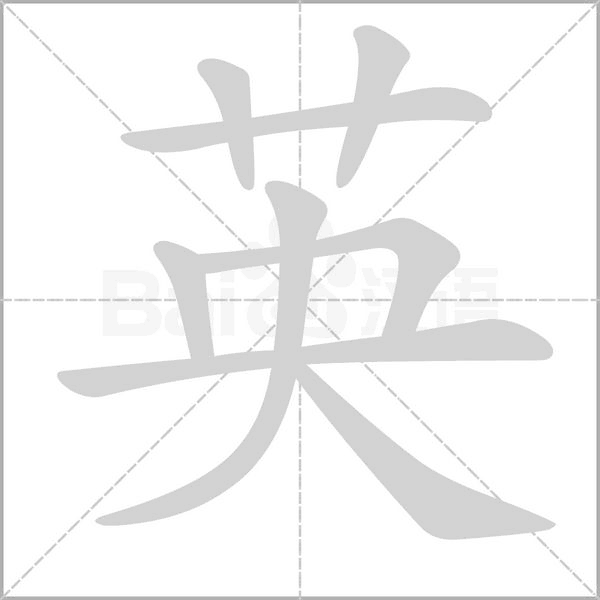
yīng: flower; hero; outstanding person; Britain; English
radical: 艹 (cǎo; grass or the general term for herbaceous plants)

Chinese Studies Classroom: “英” is a phono-semantic character. The top component, “艹,” serves as the semantic indicator, suggesting a connection to plants or herbs, while the bottom component, “央 (yāng),” acts as the phonetic indicator, reflecting the similar pronunciation of “英 (yīng)” and “央 (yāng)” in ancient times. The original meaning of “英” referred to flowers, and it later extended to signify outstanding talent or exceptional individuals.
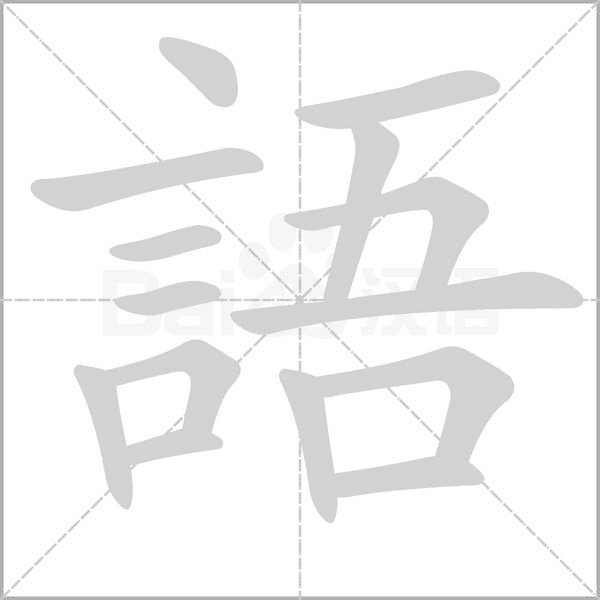
yǔ: language
radical: 言 (yán; language; tongue)
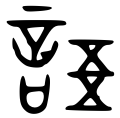
Chinese Studies Classroom: “語 (yǔ)” is a phono-semantic character. The left component, “言 (yán),” serves as the semantic indicator, signifying its connection to language or speech. The right component, “吾 (wú),” functions as the phonetic indicator, reflecting the similar pronunciation of “吾 (wú)” and “語 (yǔ)” in ancient times. The radical “言 (yán)” resembles a horizontal line added to “tongue”, symbolizing words articulated through the tongue, thus representing “language.” Characters with the “言 (yán)” radical often relate to speech or language, such as 說 (shuō – speak), 話 (huà – word), 語 (yǔ – language), and 談 (tán – discuss).
Simplified character:
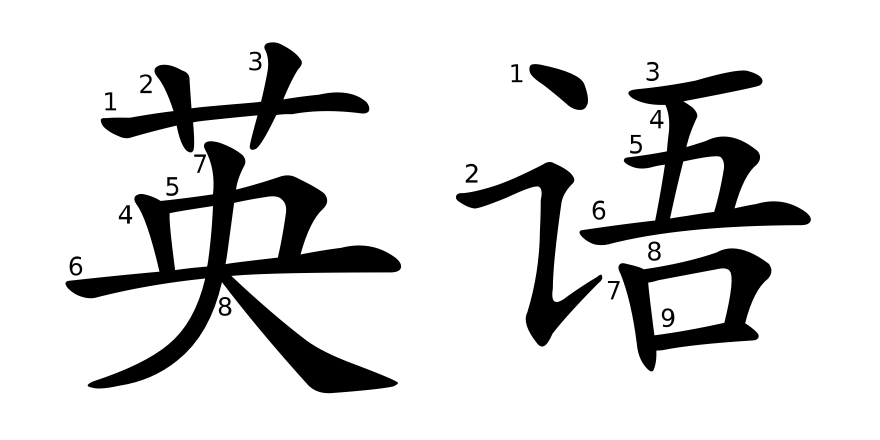
然後 ránhòu Adv. afterwards
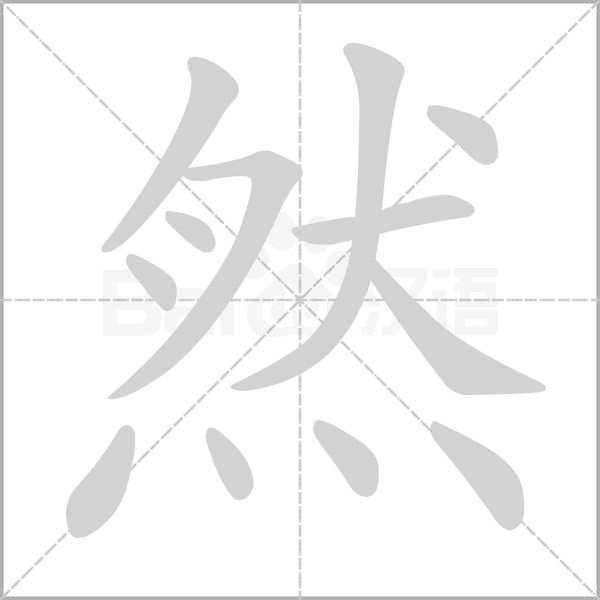
rán: so; like that
radical: 灬 (huǒ; fire)
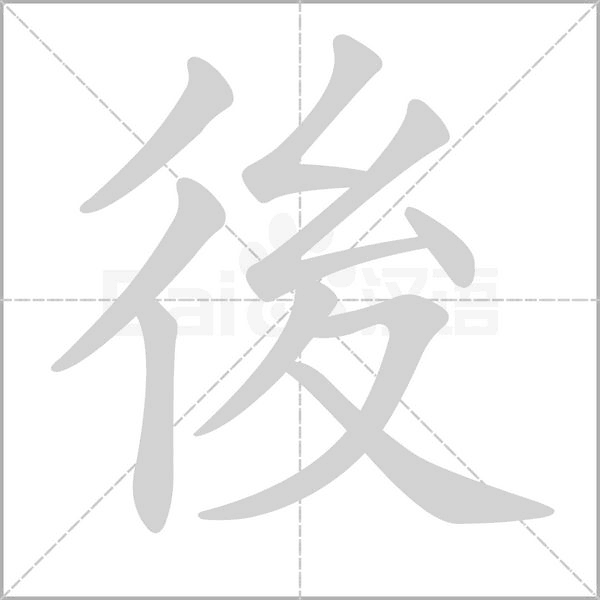
hòu: behind; back; after; later
radical: 彳 (chì; the appearance of walking slowly)
Traditional character:
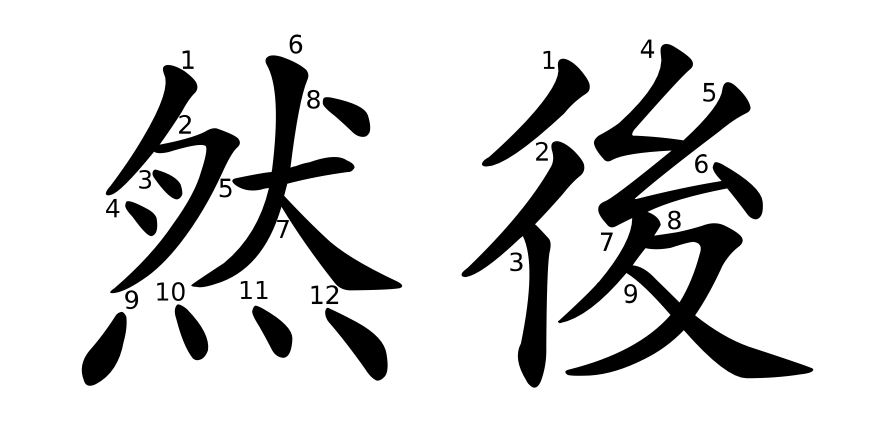
Simplified character:
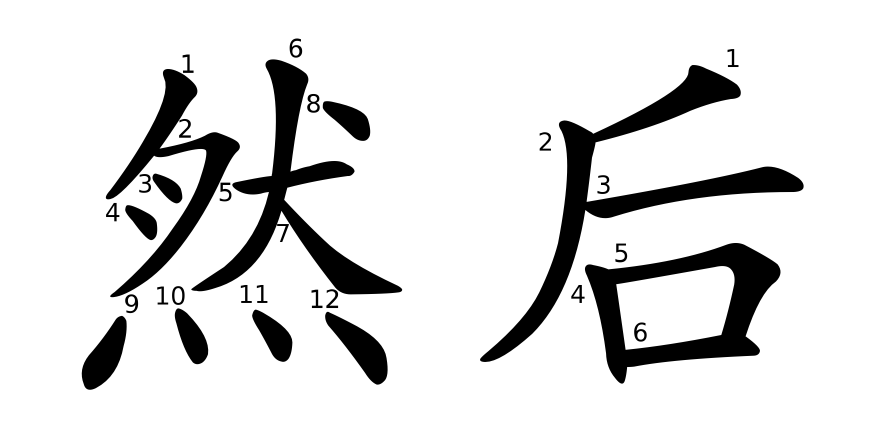
幫助 bāngzhù N./V. help

bāng: help
radical: 巾
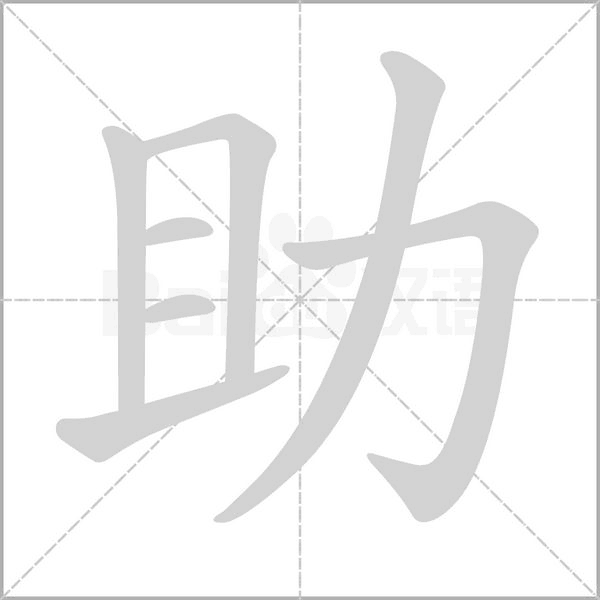
zhù: help
radical: 力 (lì; strength)
Simplified character:
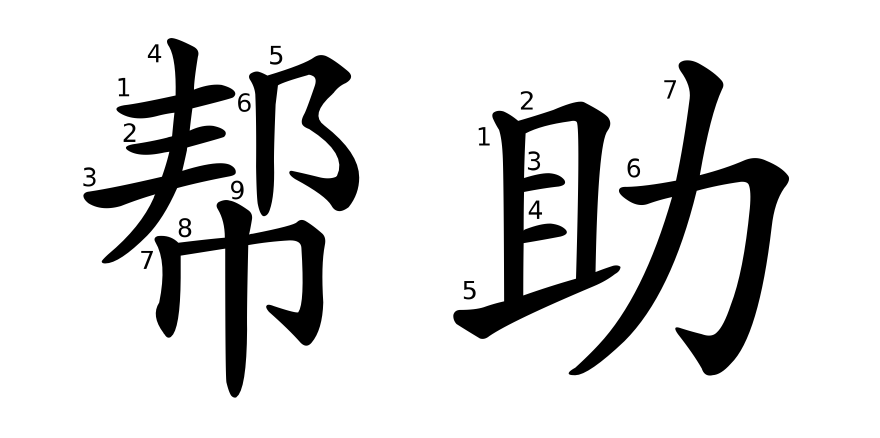
這種人 zhè/zhèi zhǒng rén NP. this kind of person
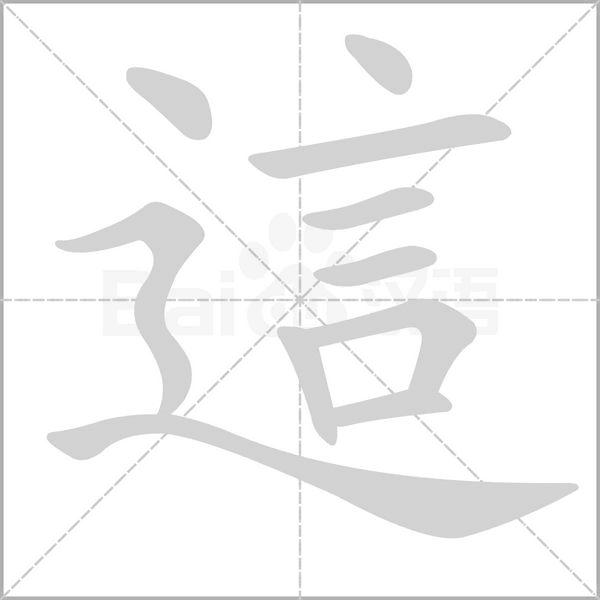
zhèi/zhè: this
radical: 辶 (chuò, walking)
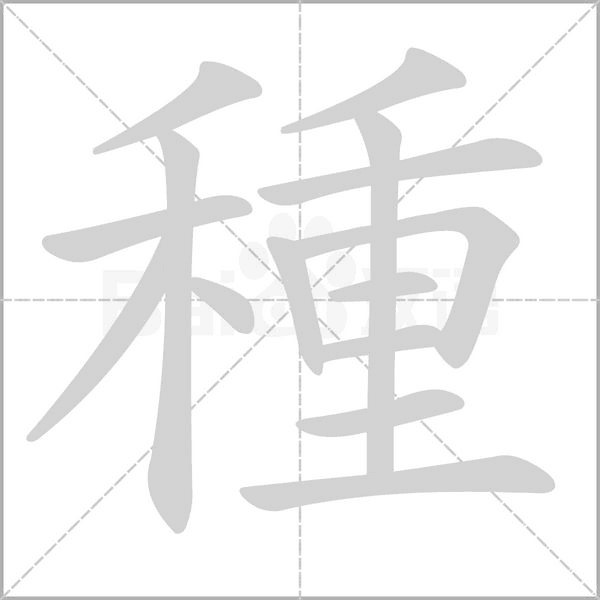
zhǒng: kind; class; description; type; variety
radical: 禾 (hé; seedlings of cereal crops; grain seedling)

rén: person; people; human
radical: 人 (rén; person)
Simplified character:
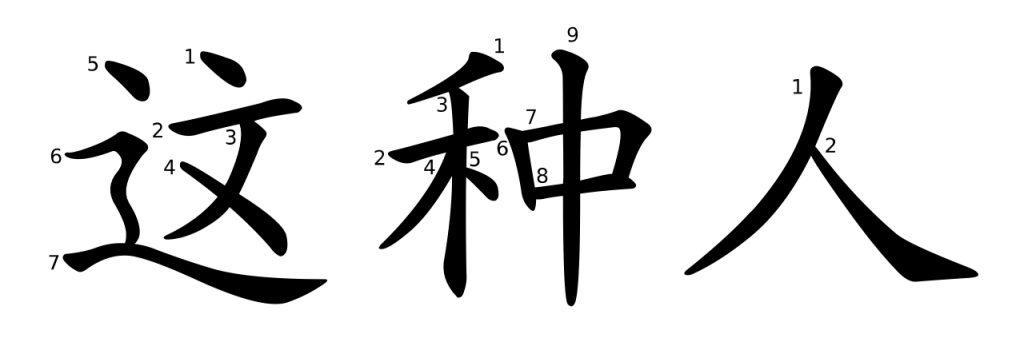
語言 yǔyán language
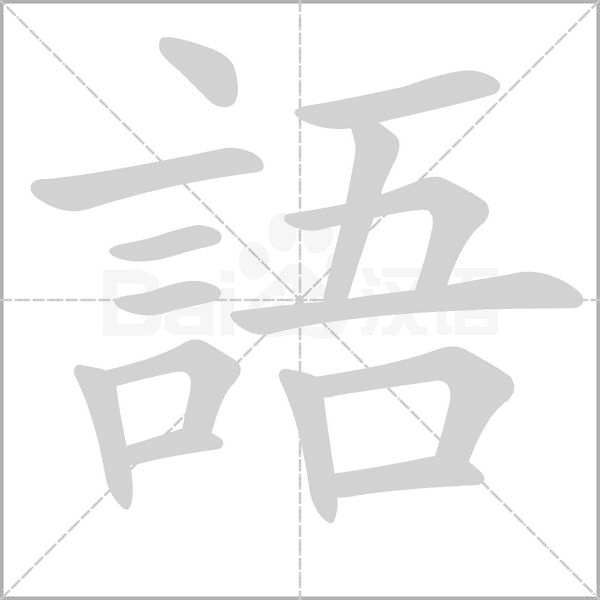
yǔ: language
radical: 言 (yán; language; tongue)
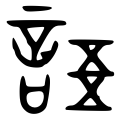
Chinese Studies Classroom: “語 (yǔ)” is a phono-semantic character. The left component, “言 (yán),” serves as the semantic indicator, signifying its connection to language or speech. The right component, “吾 (wú),” functions as the phonetic indicator, reflecting the similar pronunciation of “吾 (wú)” and “語 (yǔ)” in ancient times. The radical “言 (yán)” resembles a horizontal line added to “tongue”, symbolizing words articulated through the tongue, thus representing “language.” Characters with the “言 (yán)” radical often relate to speech or language, such as 說 (shuō – speak), 話 (huà – word), 語 (yǔ – language), and 談 (tán – discuss).

yán: language
radical: 言

Chinese Studies Classroom: One interpretation of the character “言” is that, in ancient scripts, it looks like a horizontal line added to “舌” (tongue), representing words spoken through the tongue, which means “language.” Characters that include the “言” radical are often related to speech or language, such as 說 (shuō-speak), 話 (huà-word), 語 (yǔ-language), 談 (tán-discuss), etc.
Simplified character:
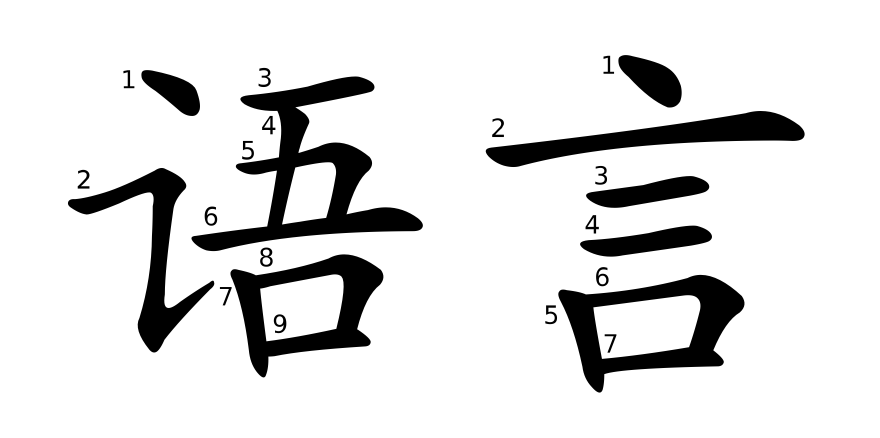
願意 yuàn.yì Aux. V. to be willing
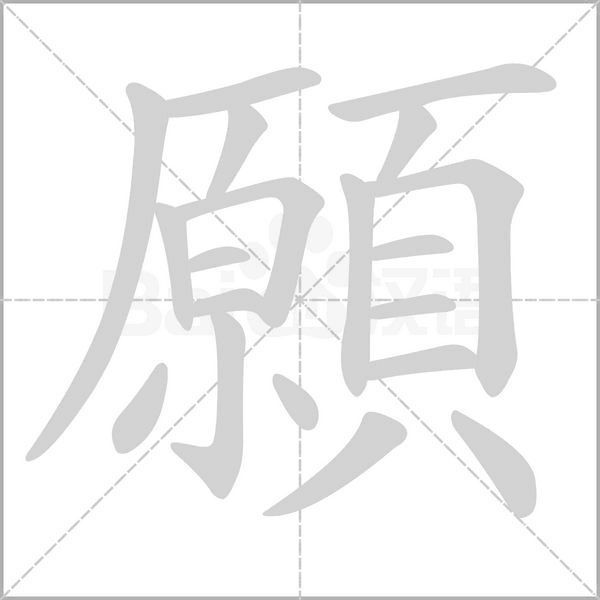
yuàn: hope; wish; desire; vow; be willing; be ready
radical: 頁 (yè; a person’s head)
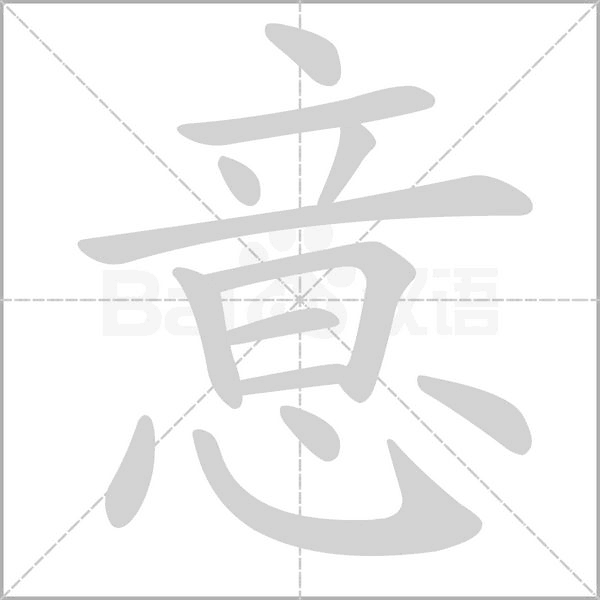
yì: meaning; idea; intention
radical: 心 (xīn; heart)
Simplified character:
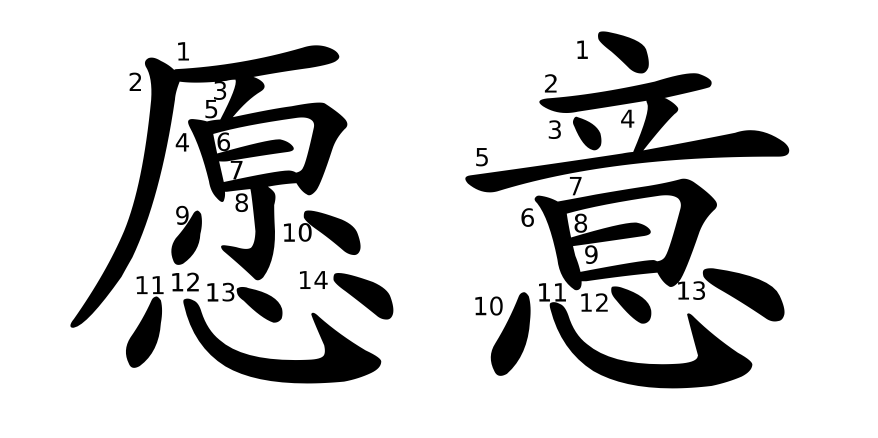
互相幫助 Hùxiāng bāngzhù VP. help each other
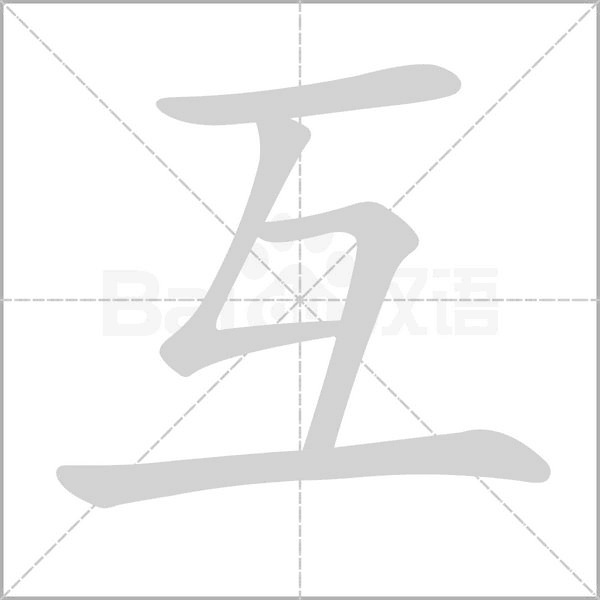
hù: each other; mutual
radical: 一 (yī)
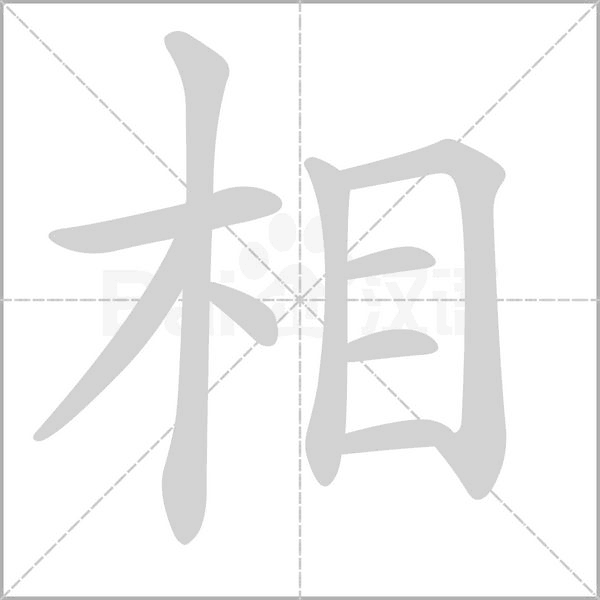
xiāng: each other; one another; mutually
radical: 木 (mù; wood)
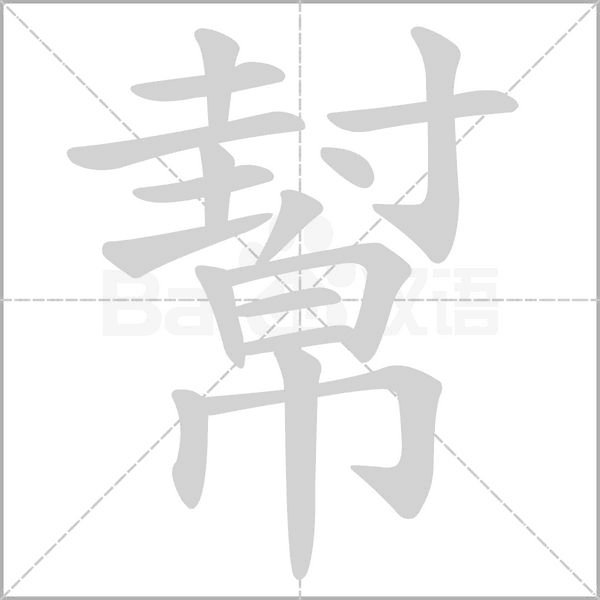
bāng: help
radical: 巾
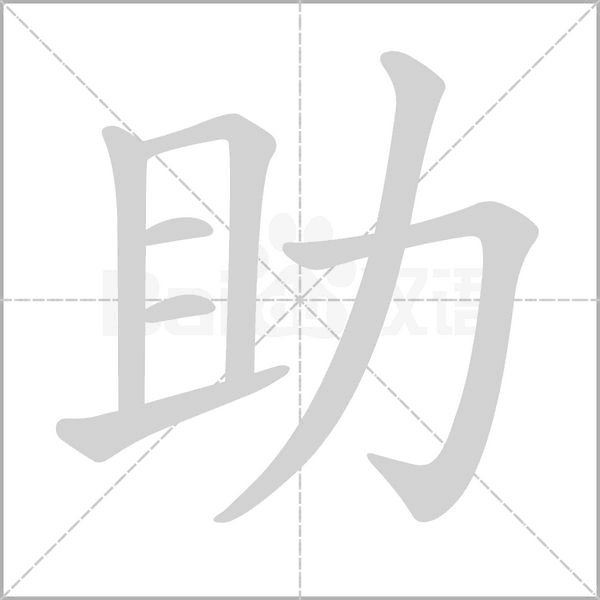
zhù: help
radical: 力 (lì; strength)
Simplified character:

漢語 hànyǔ N. Chinese
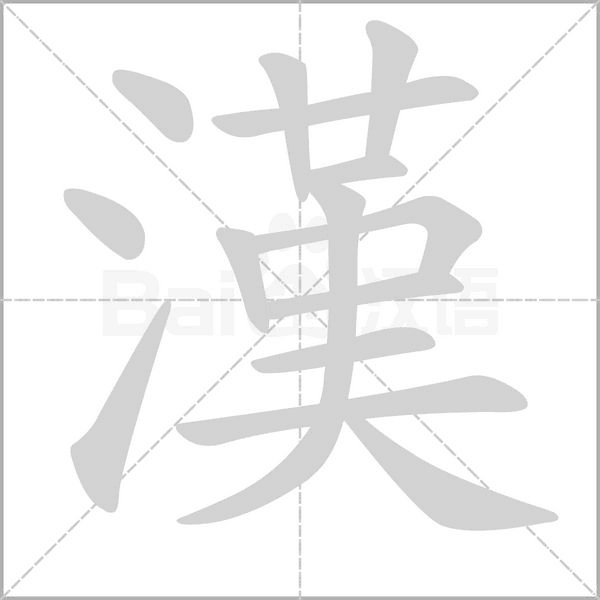
hàn: the Han nationality; Chinese (language)
radical: 氵(shuǐ; water)
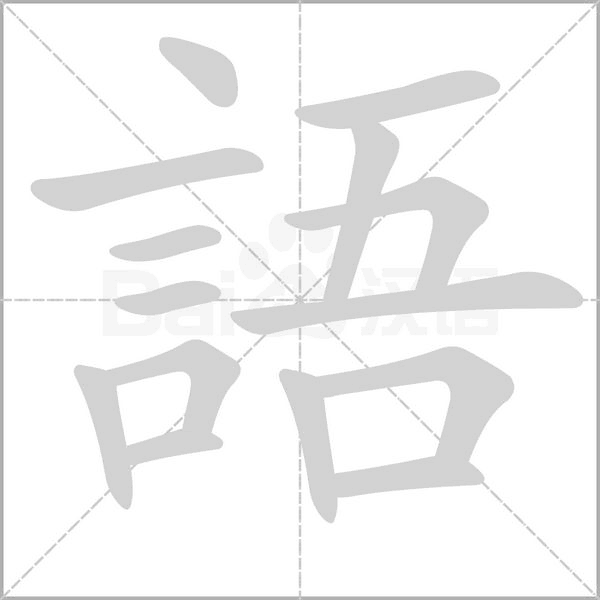
yǔ: language
radical: 言 (yán; language; tongue)
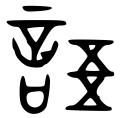
Chinese Studies Classroom: “語 (yǔ)” is a phono-semantic character. The left component, “言 (yán),” serves as the semantic indicator, signifying its connection to language or speech. The right component, “吾 (wú),” functions as the phonetic indicator, reflecting the similar pronunciation of “吾 (wú)” and “語 (yǔ)” in ancient times. The radical “言 (yán)” resembles a horizontal line added to “tongue”, symbolizing words articulated through the tongue, thus representing “language.” Characters with the “言 (yán)” radical often relate to speech or language, such as 說 (shuō – speak), 話 (huà – word), 語 (yǔ – language), and 談 (tán – discuss).
Simplified character:
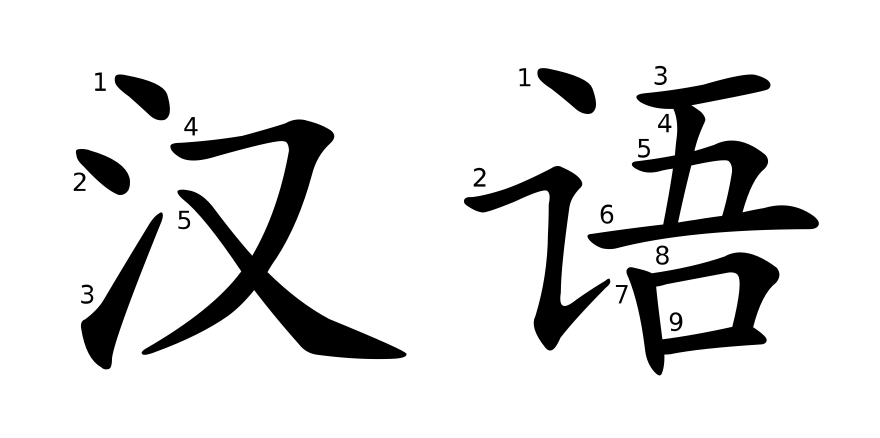
興趣 xìng.qù N. interest
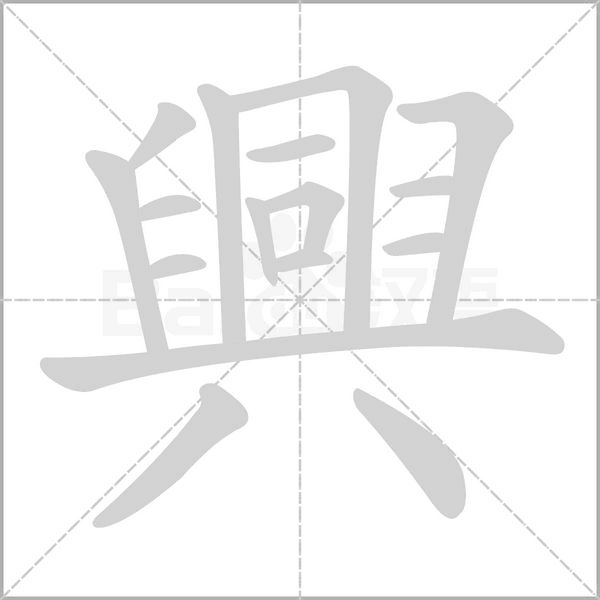
xìng: mood or desire to do sth.; interest; excitement
radical: 八
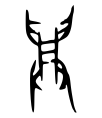
Chinese Studies Classroom: In Oracle Bone Script, the character “興” features a stretcher-like object in the center, with four hands at the corners, symbolizing the collective effort of lifting an object. Therefore, the original meaning of “興” is “to rise” or “to get up.” When used in an abstract sense, it signifies “to emerge” or “to arise.” Over time, it further extended to mean being in high spirits or feeling happy. When it specifically conveys the sense of “happiness,” the character is pronounced as “xìng.”
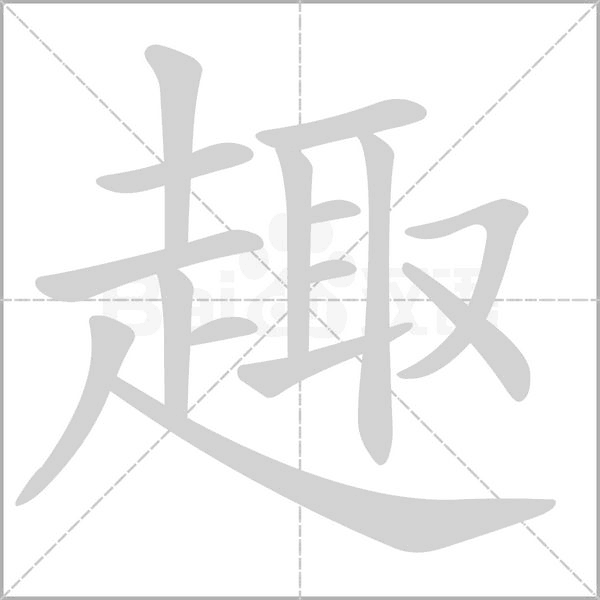
qù: interest; delight; bent; purport; interesting
radical: 走 (zǒu; run; walk)
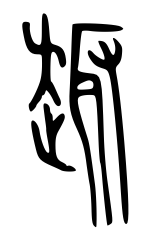
Chinese Studies Classroom: In ancient script, the character “趣” consists of several symbolic elements. The upper left depicts a person running with outstretched arms, while the lower left shows a foot with visible toes, symbolizing the act of running. At the center is an enemy’s ear, and to its right is a hand, illustrating the act of swiftly pursuing enemies and cutting off their ears as trophies for rewards. Over time, this original meaning evolved to signify things that strongly attract or captivate, eventually extending to refer to intentions, hobbies, and interests.
Simplified character:
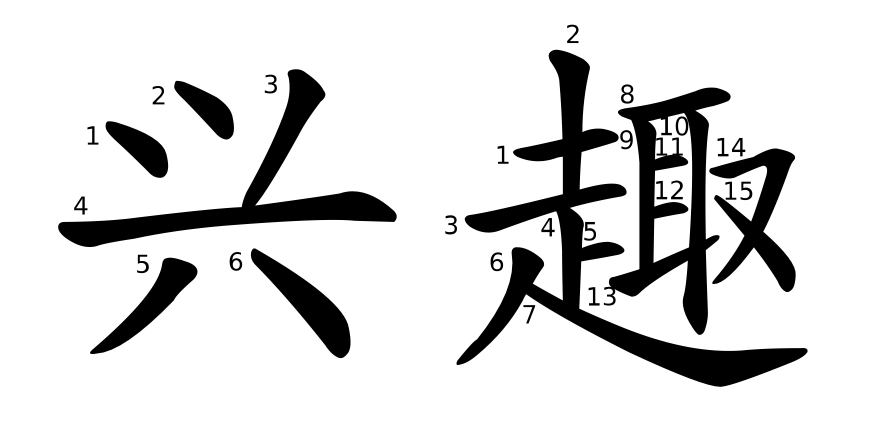
麻煩 má.fán V. to bother; to trouble

má: a general term for hemp, flax, jute, etc. rough; coarse; pitted; potted; numb; tingle
radical: 麻
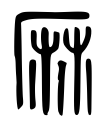
Chinese Studies Classroom: The original meaning of “麻” refers to a general term for hemp plants. To process the fibers of these plants into materials for weaving, the fibers must be separated strand by strand, which gave rise to the extended meanings of “disorder” and “trouble.” When used as a verb, it means “numb” or “tingle.”
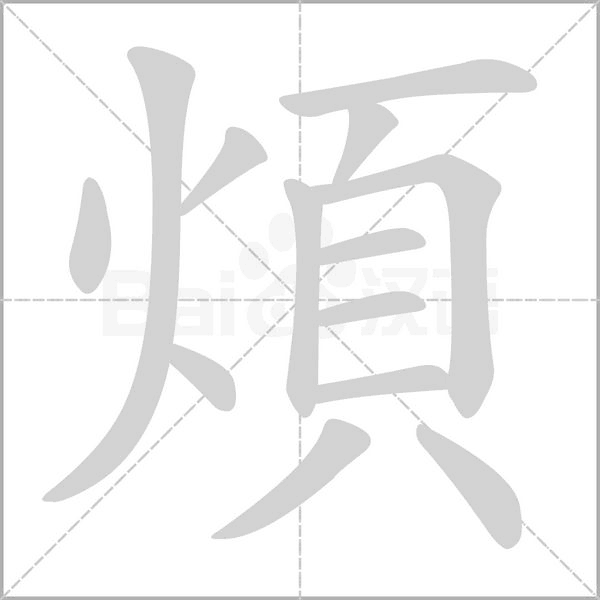
fán: trouble; bother; be tired of; be annoyed; superfluous and confusing
radical: 火 (huǒ; fire)
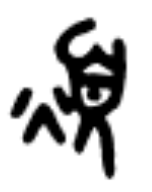
Chinese Studies Classroom: In ancient script, the character “煩” (fán) consists of the radical for fire on the left and a human head on the right. Its original meaning referred to a fever accompanied by a headache. Over time, it evolved to convey extended meanings such as worry, distress, and annoyance.
Simplified character:
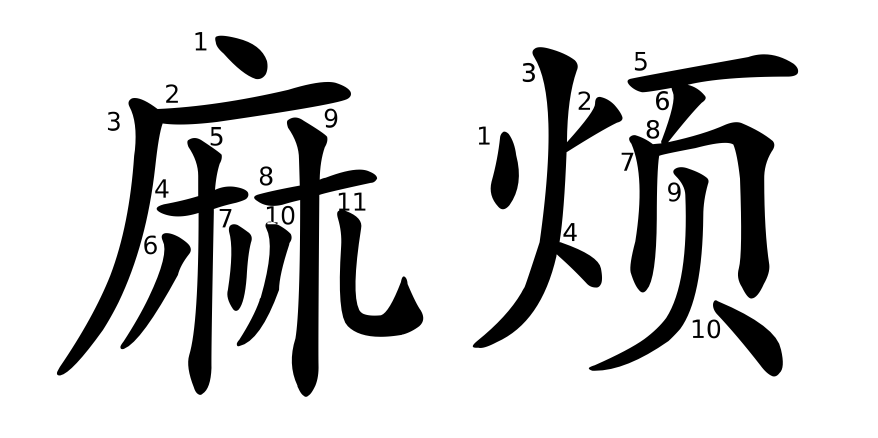
來信 láixìn NP. letter
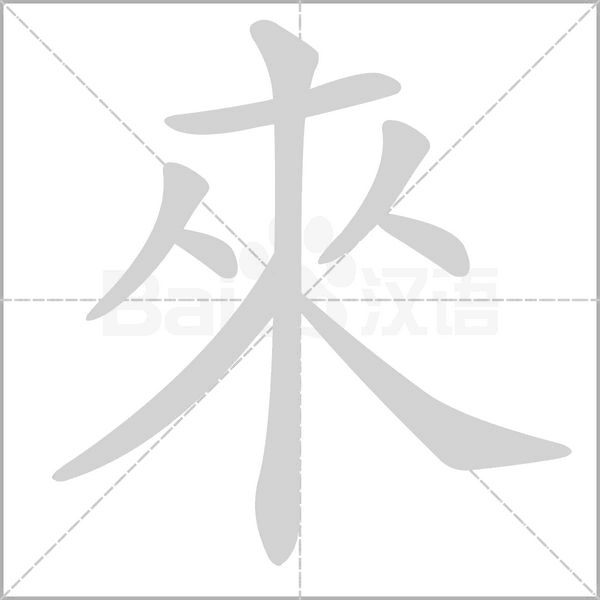
lái: come
radical: 木 (mù; wood)
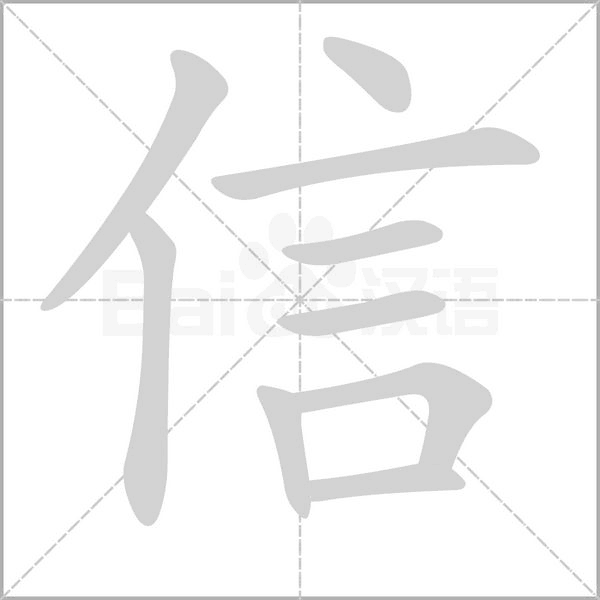
xìn: letter
radical: 亻(rén; person)
Traditional character:

Simplified character:
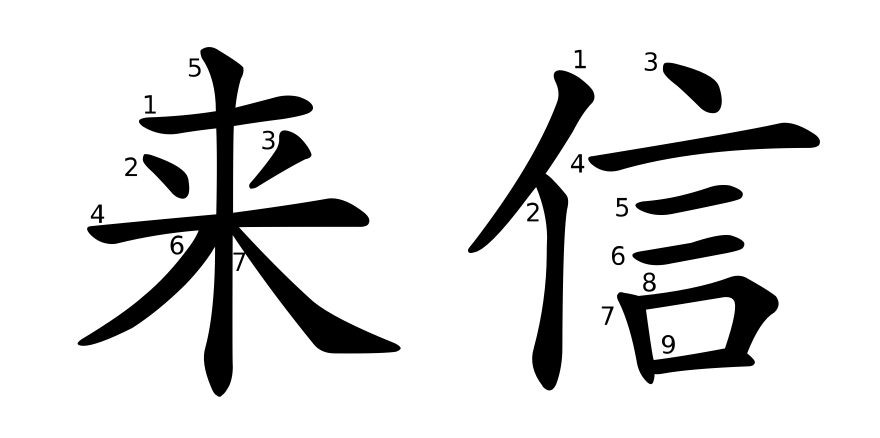
長得帥 zhǎng de shuài Adj. good-looking; handsome
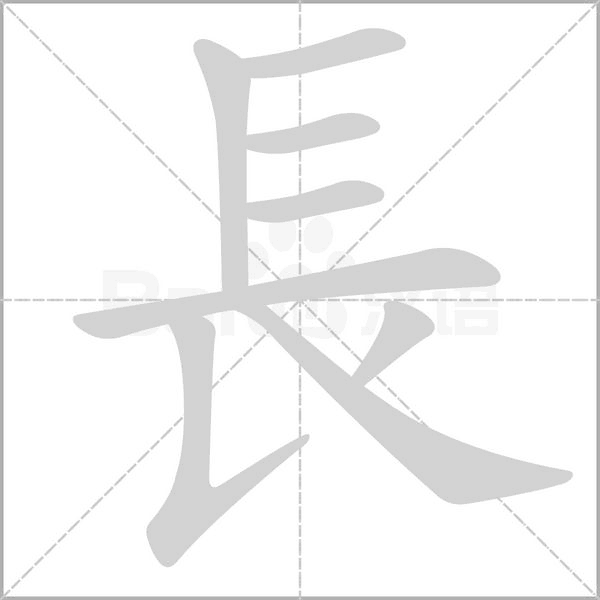
zhǎng: to grow; elder
cháng: long
radical: 長
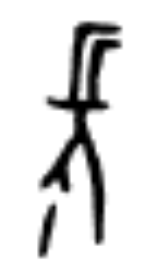
Chinese Studies Classroom: One interpretation of the character “長” (cháng/zhǎng) is that in oracle bone script, it resembles an elderly person with long hair leaning on a walking stick. Therefore, the character carries meanings such as “older in age,” “grow,” and “long” (in terms of distance or time). When meaning “to grow” or “older in age”, it is pronounced zhǎng. When used as an adjective (meaning “long” in distance or time), it is pronounced cháng.
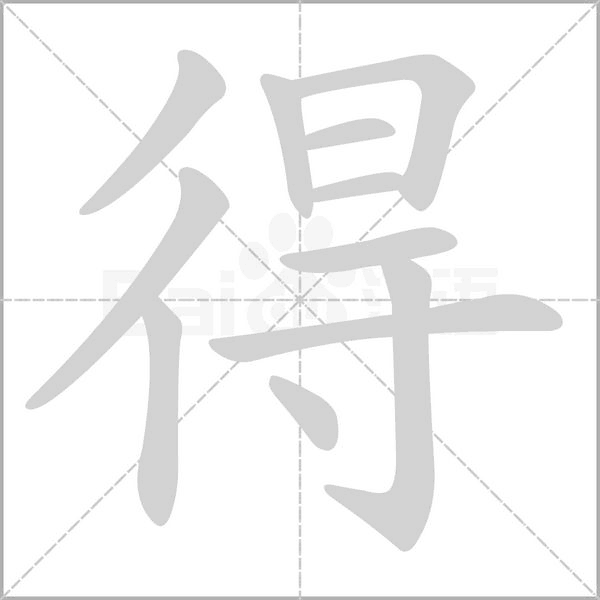
de: (used between a verb and a complement to indicate possibility)
radical: 彳 (chì, the appearance of taking small steps, walking slowly, or walking with pauses)
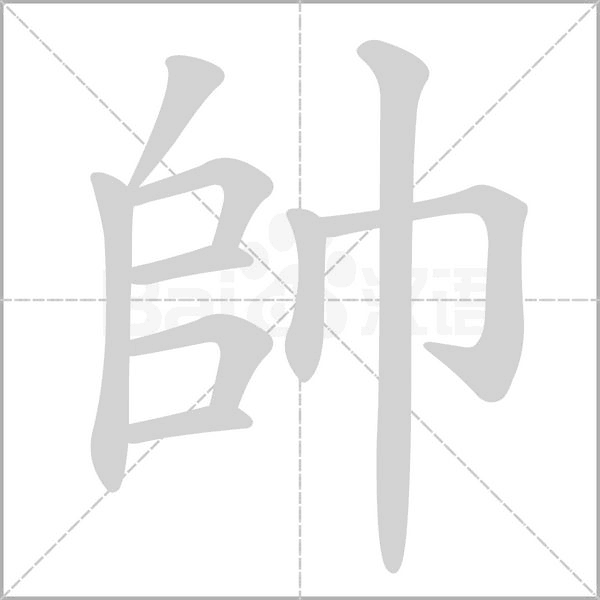
shuài: handsome
radical: 巾 (jīn: an ornamental scarf or ribbon worn around the body in ancient times)
Simplified character:

來晚了 lái wǎn le VP. came late
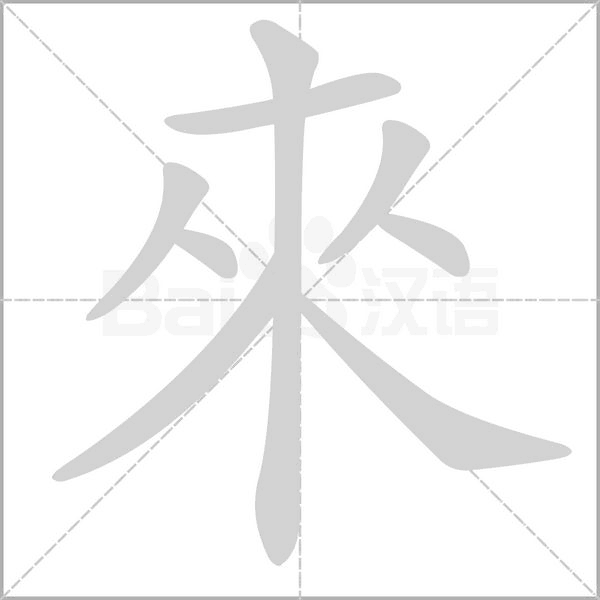
lái: come
radical: 木 (mù; wood)
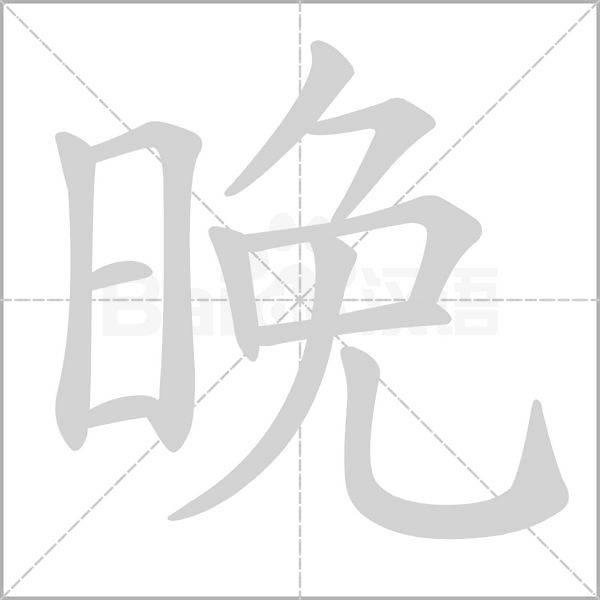
wǎn: late; night;
radical: 日 (rì; sun)

le: 1. Used after a verb or adjective to indicate that an action or change has been completed. 2. Used at the end of a sentence or at a pause within a sentence to indicate a change or the emergence of a new situation.
radical: 乛
Traditional character:
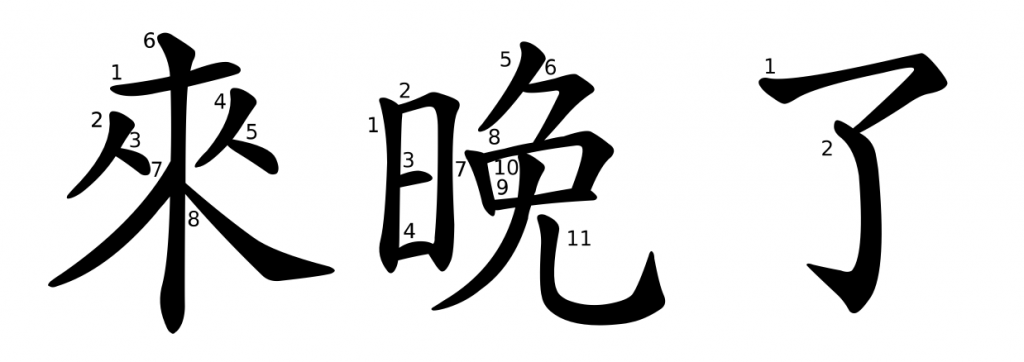
Simplified character:
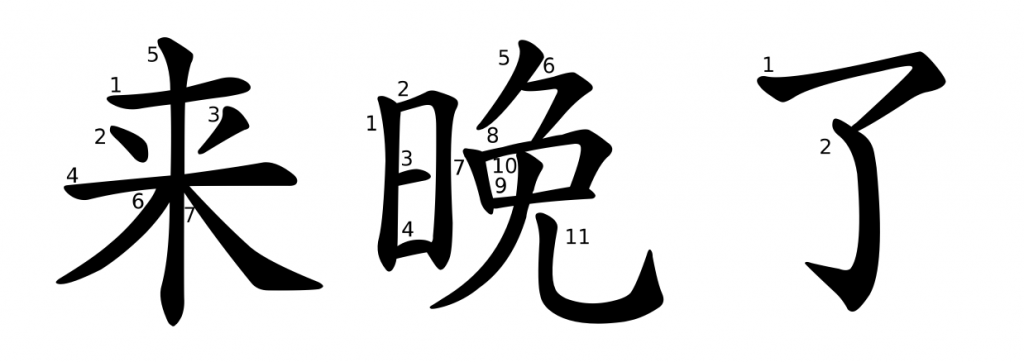
水平很高 shuǐpíng hěngāo VP. very high level

shuǐ: water
radical: 水

Chinese Studies Classroom: In oracle bone script, the character “水” resembles the shape of a river. Its original meaning is “river,” and later it extended to mean “water.” Additionally, from the concept of “water being still and level,” it evolved to represent “standard” or “level” in a broader sense.
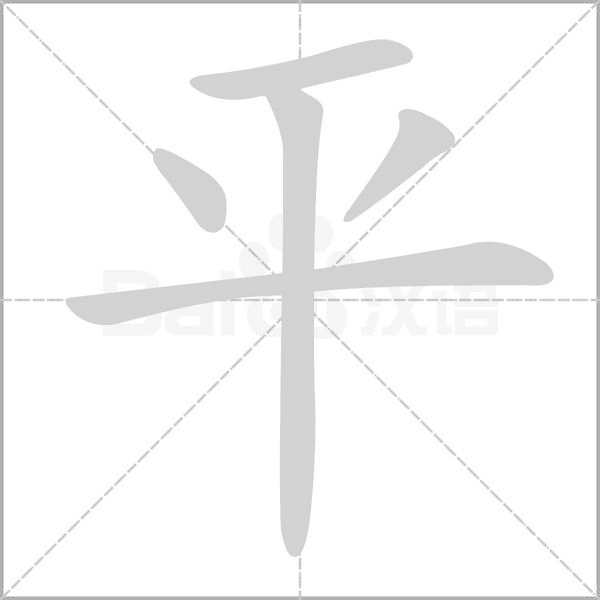
píng: flat; level; even; equal; fair; calm; peaceful; average
radical: 干
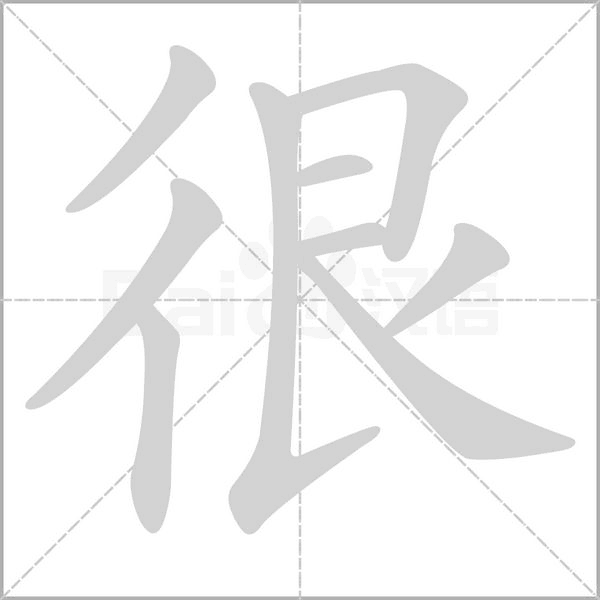
hěn: very
radical: 彳 (chì, the appearance of taking small steps, walking slowly, or walking with pauses)
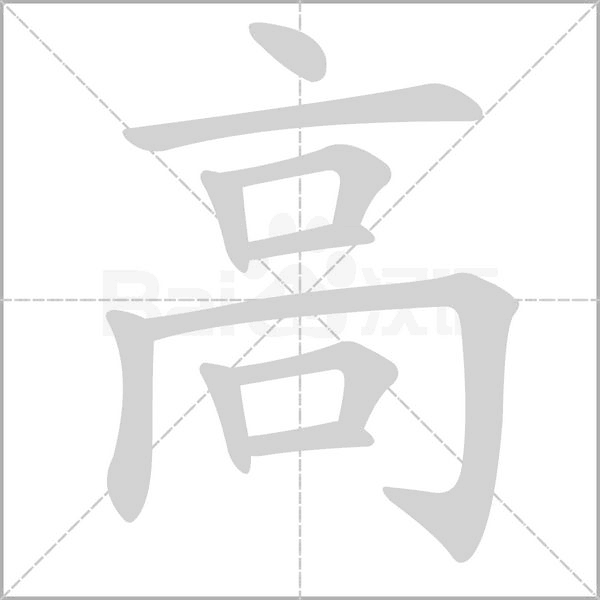
gāo: high
radical: 亠
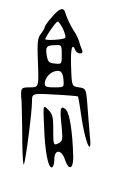
Chinese Studies Classroom: The ancient form of the character “高” resembled a house on a high ground, symbolizing “height.” Later, this concept became more abstract, extending to mean high in terms of level or standard, and eventually evolved to represent nobility or virtue, signifying something or someone elevated above the ordinary.
Both traditional and simplified characters are written as:

該上課了 gāi shàngkè le VP. It’s time for class.
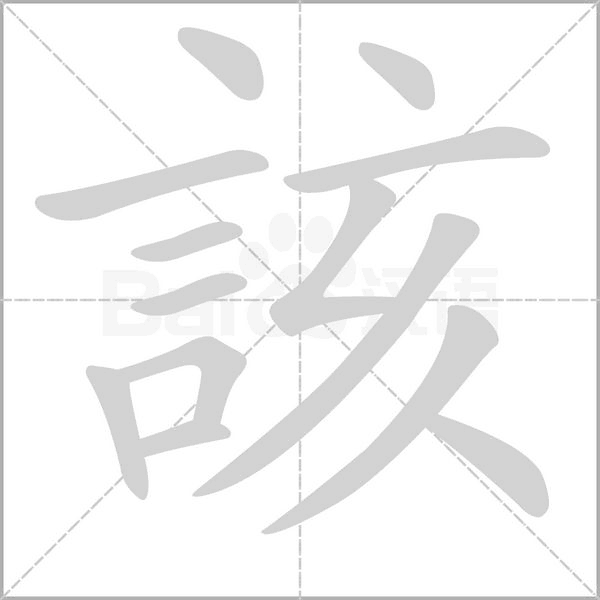
gāi: should; be sb.’s turn to do sth; deserve; most likely
radical: 言 (yán; language)
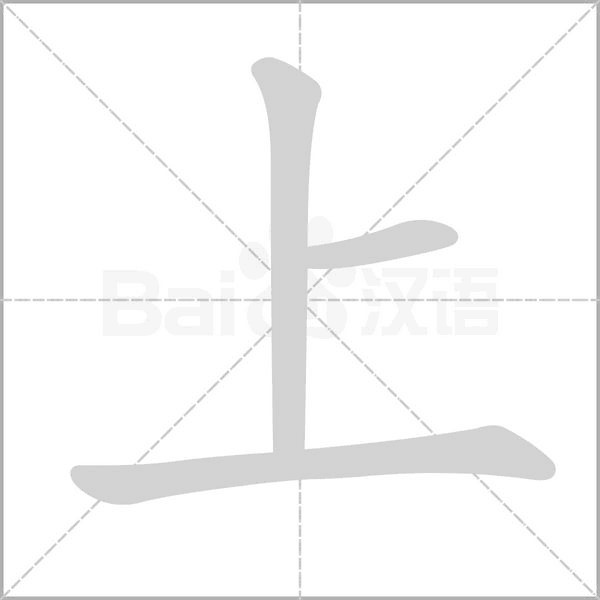
shàng: go up
radical: 一 (yī)

Chinese Studies Classroom: In Oracle Bone Script, the character “上” consists of a long horizontal line representing a baseline and a short horizontal line above it, indicating a position above the baseline. Thus, the original meaning of “上” is “high” or “above.” By extension, it refers to higher ranks or superior quality. It can also function as a verb, meaning to ascend, move upward, or advance.
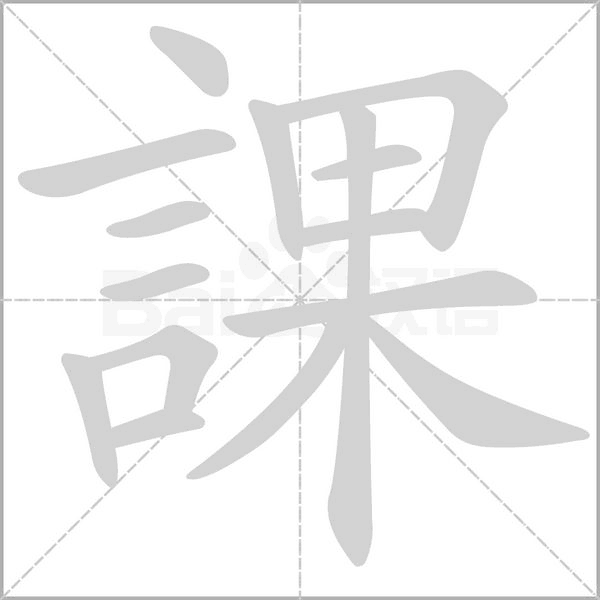
kè: class
radical: 言 (yán, language)
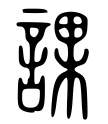
Chinese Studies Classroom: The character “課/课” has “言/讠” on the left as the semantic component, indicating its relation to speech or language. The right component, “果,” serves as the phonetic component, suggesting that in ancient times, the pronunciation of “課/课” was similar to that of “果.”

le: 1. Used after a verb or adjective to indicate that an action or change has been completed. 2. Used at the end of a sentence or at a pause within a sentence to indicate a change or the emergence of a new situation.
radical: 乛
Simplified character:

總算 zǒngsuàn Adv. finally
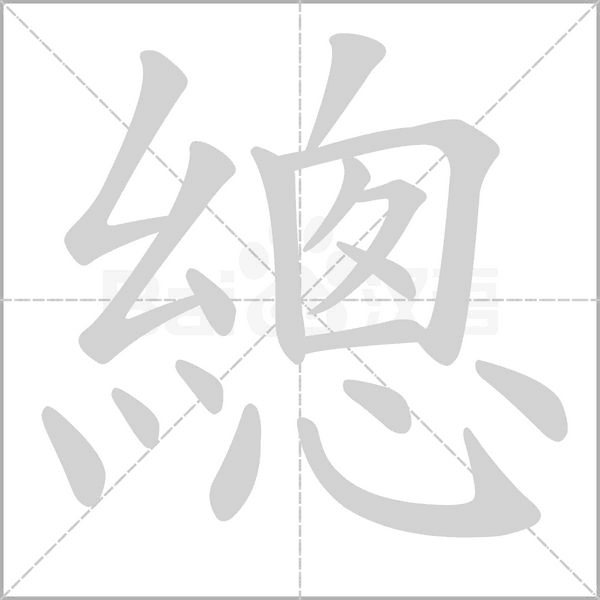
zǒng: put together; sum up; general; overall; all; general; chief
radical: 糸 (sī; a bundle of silk)
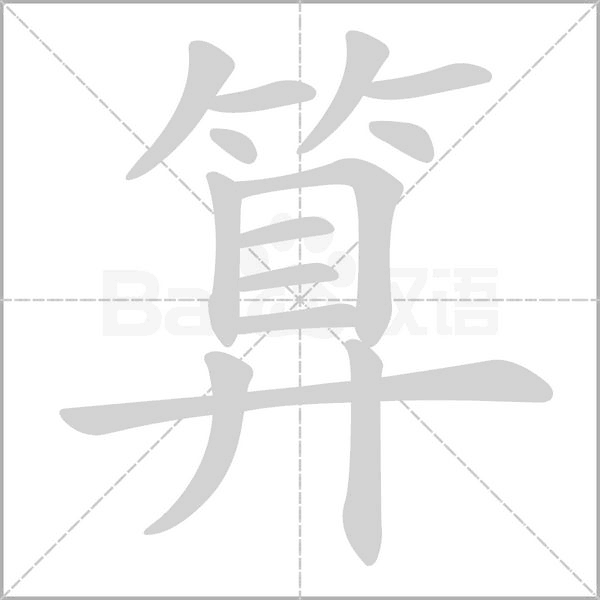
suàn: calculate
radical: 竹 (zhú; bamboo)
Traditional character:

Simplified character:
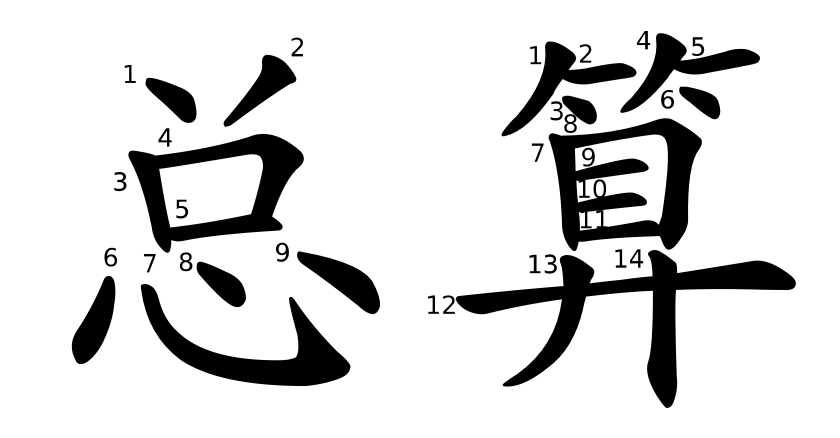
其實 qíshí Adv. actually
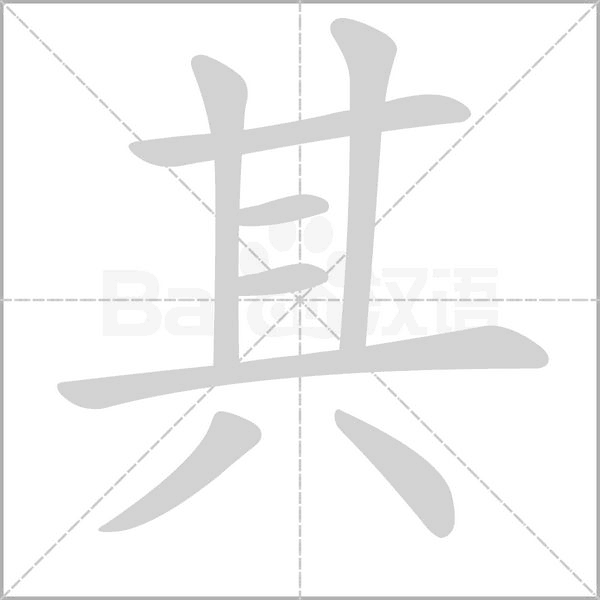
qí: his; her; its; their; oneself
radical: 八
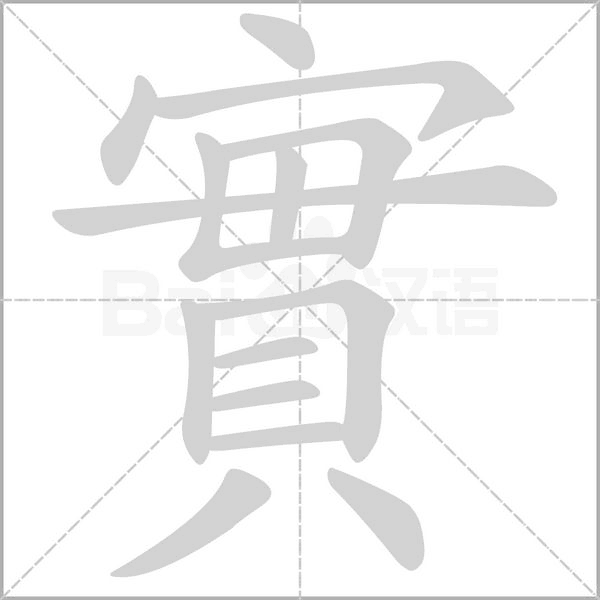
shí: solid; true; real; honest; reality; fact; fruit; seed
radical: 宀 (mián; roof)
Traditional character:
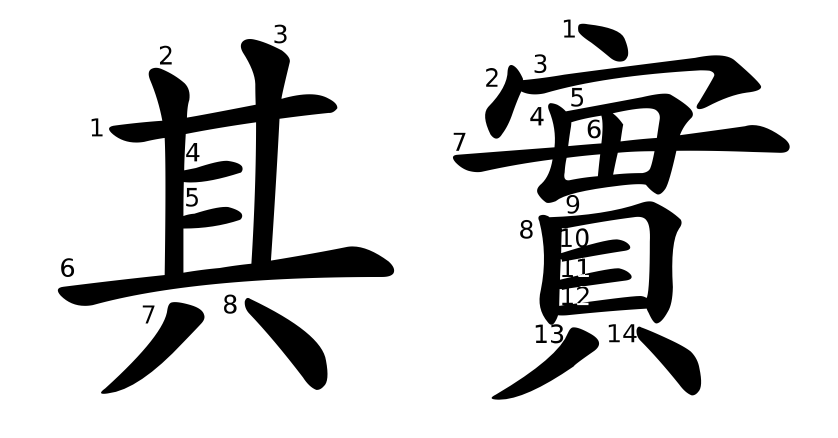
Simplified character:
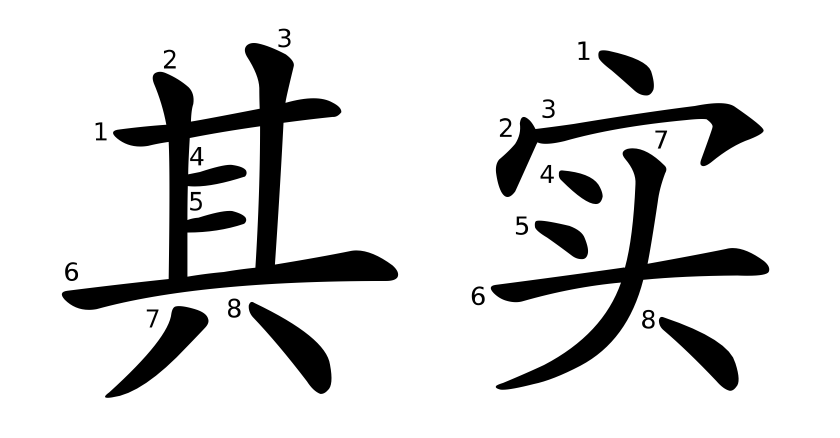
要求 yāo.qiú N. requirement
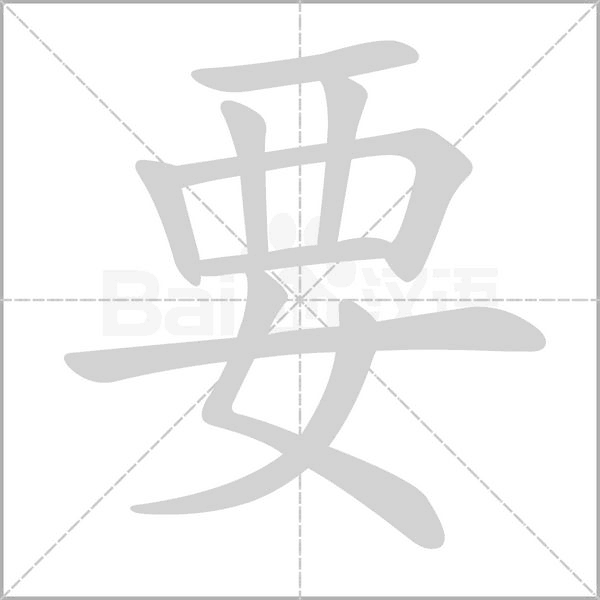
yāo: ask; demand; require
radical: 女 (nǚ, female)
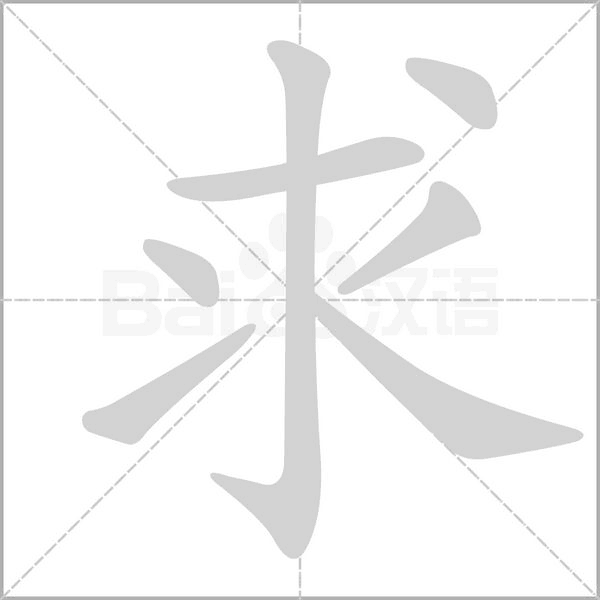
qiú: ask; beg; request; seek
radical: 一
Both traditional and simplified characters are written as:
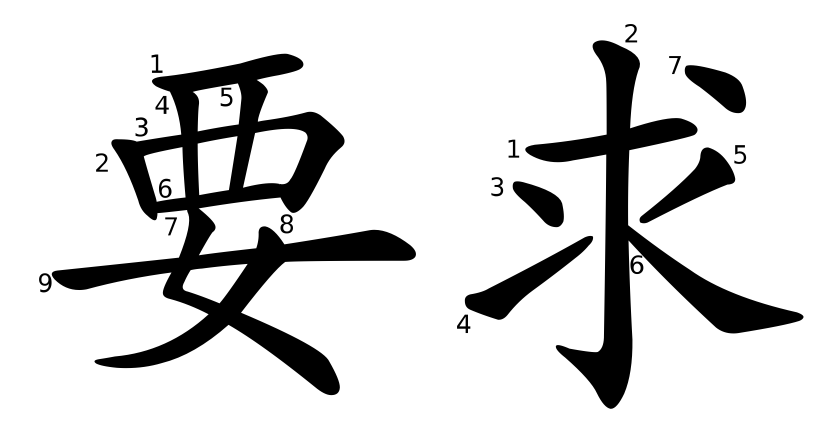
過來 guò.lái V. Come over
.gif)
guò: cross; pass
radical: 辶 (chuò, walking)
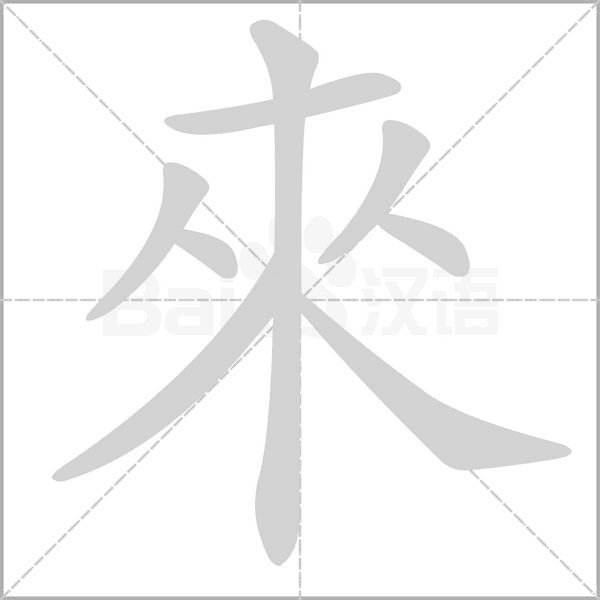
lái: come
radical: 木 (mù; wood)
Traditional character:
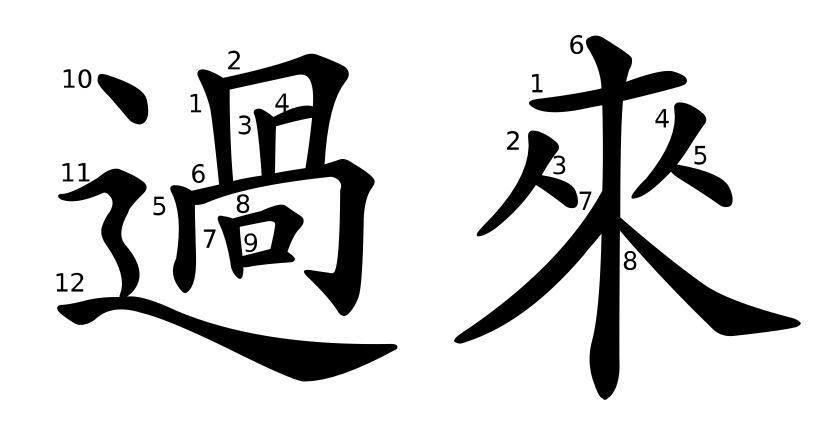
Simplified character:

時間 shíjiān N. time
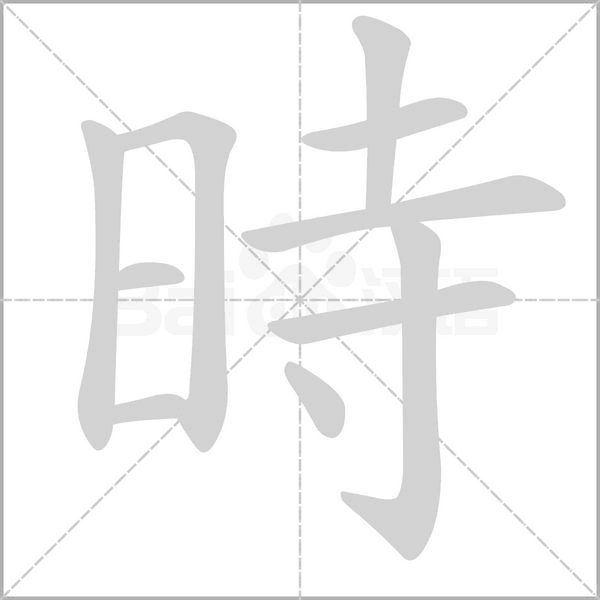
shí: time
radical: 日 (rì; sun)

Chinese Studies Classroom: In Oracle Bone Script, the character “時” (shí) is composed of “日” (rì, sun) at the bottom and “之” (zhī) at the top. “日” represents the sun, while “之” conveys the idea of movement and also serves as a phonetic component. Together, the two elements symbolize the movement of the sun. Ancient Chinese people measured time based on the sun’s position in the sky or its shadow on the ground. This character stands as a testament to how ancient Chinese civilization recorded time by observing the sun’s motion.
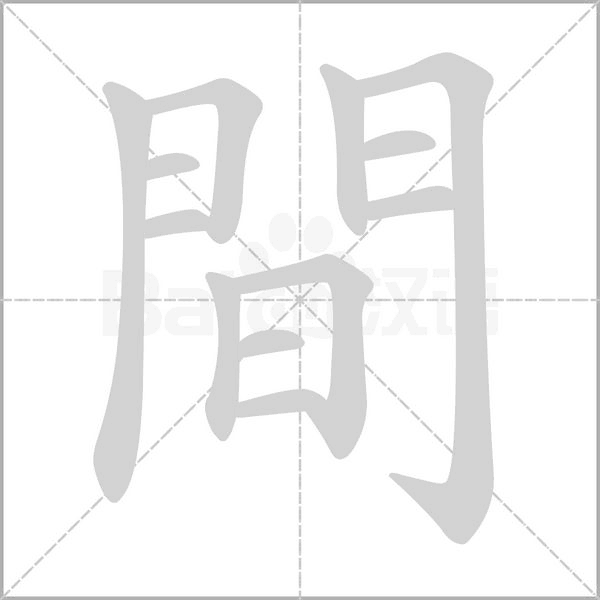
jiān: between; among; room
radical: 門 (mén; door)
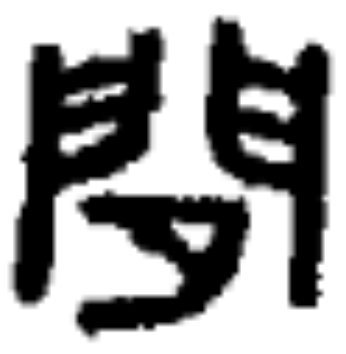
Chinese Studies Classroom: “間” is a compound character. In ancient script, it resembled the idea of moonlight shining through a door, symbolizing a gap or space. Therefore, the original meaning of “間” refers to a crack or gap. Later, it extended to meanings such as interval, middle, and space.
Traditional character:
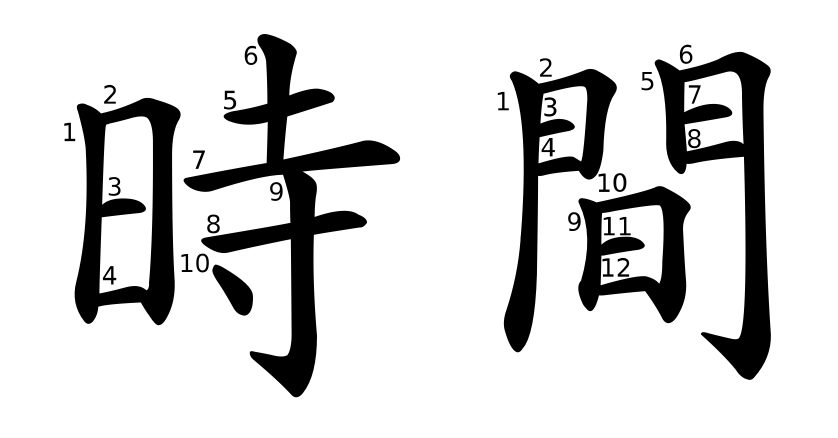
Simplified character:
